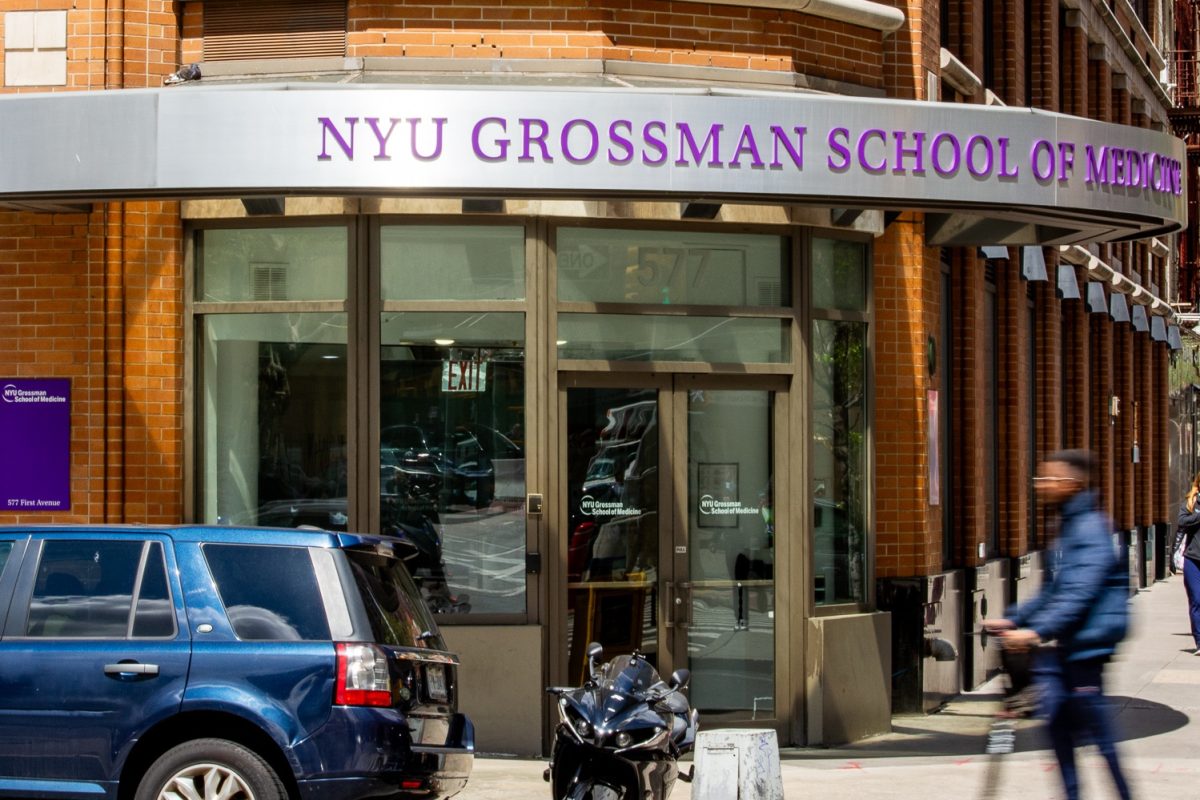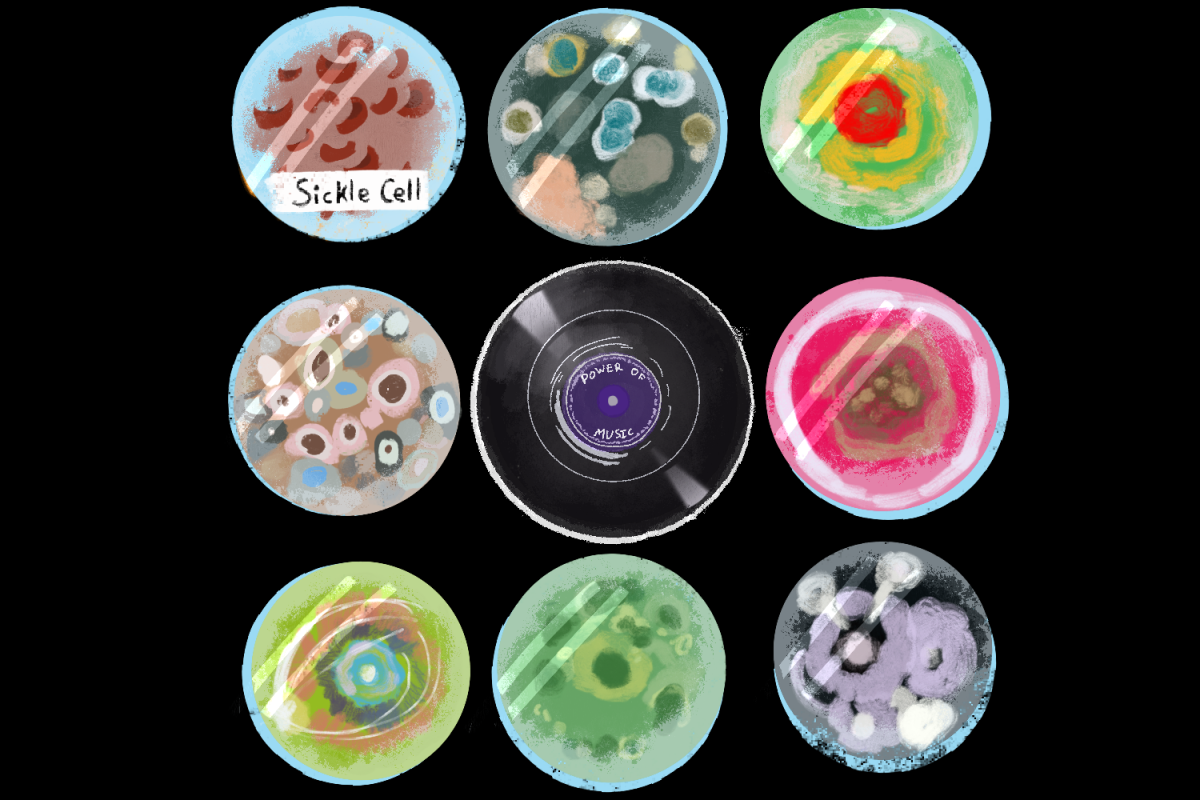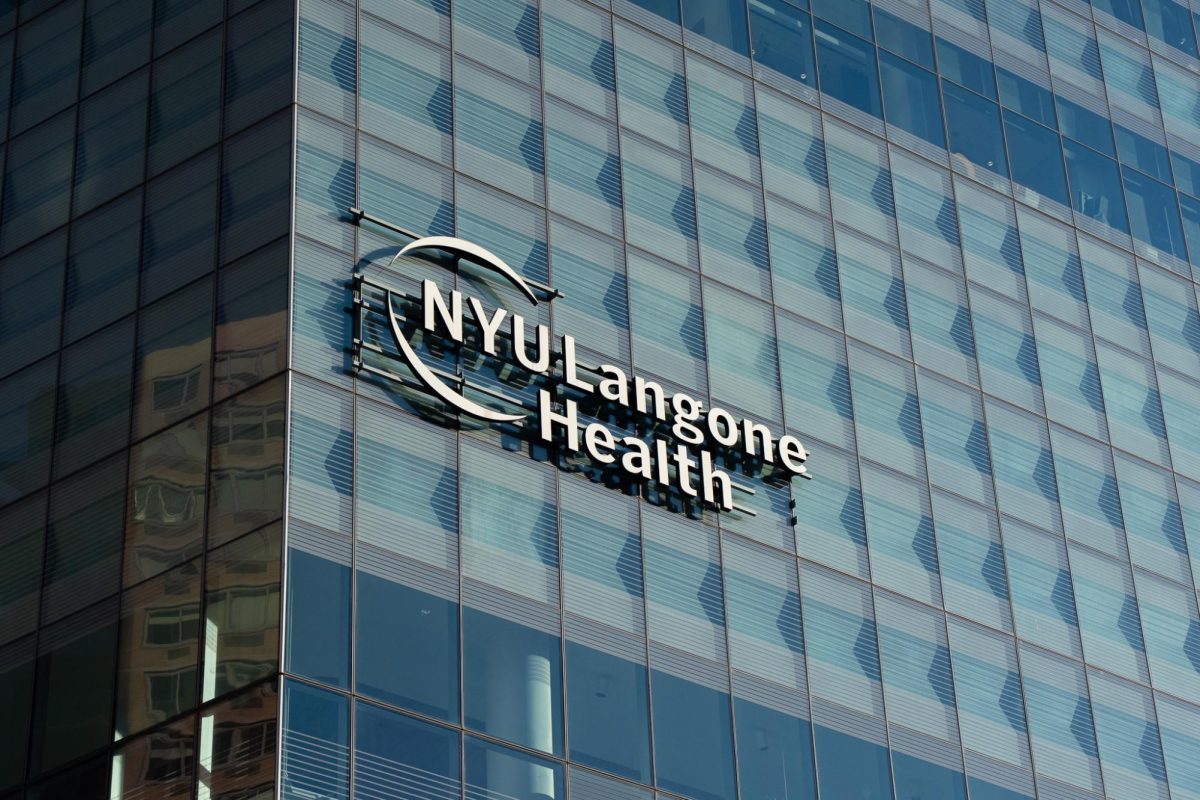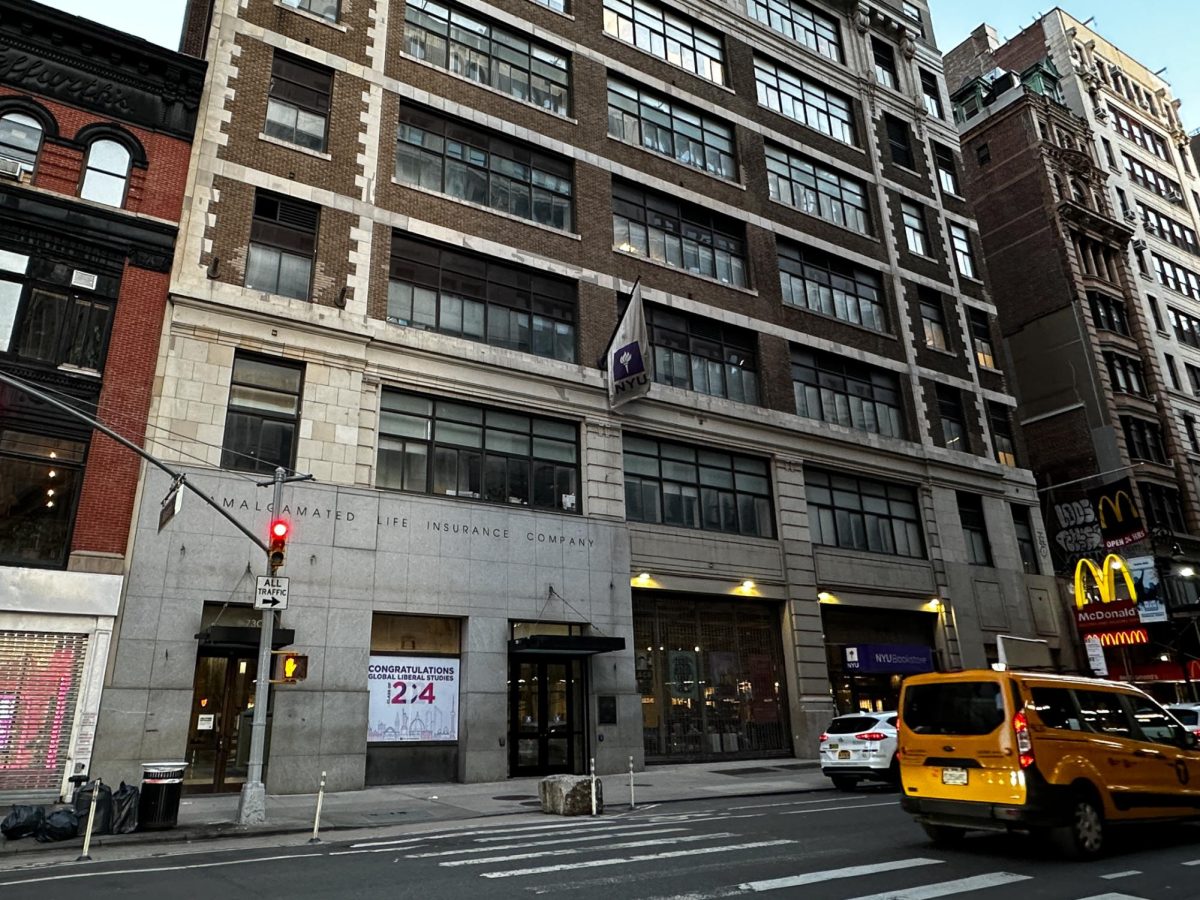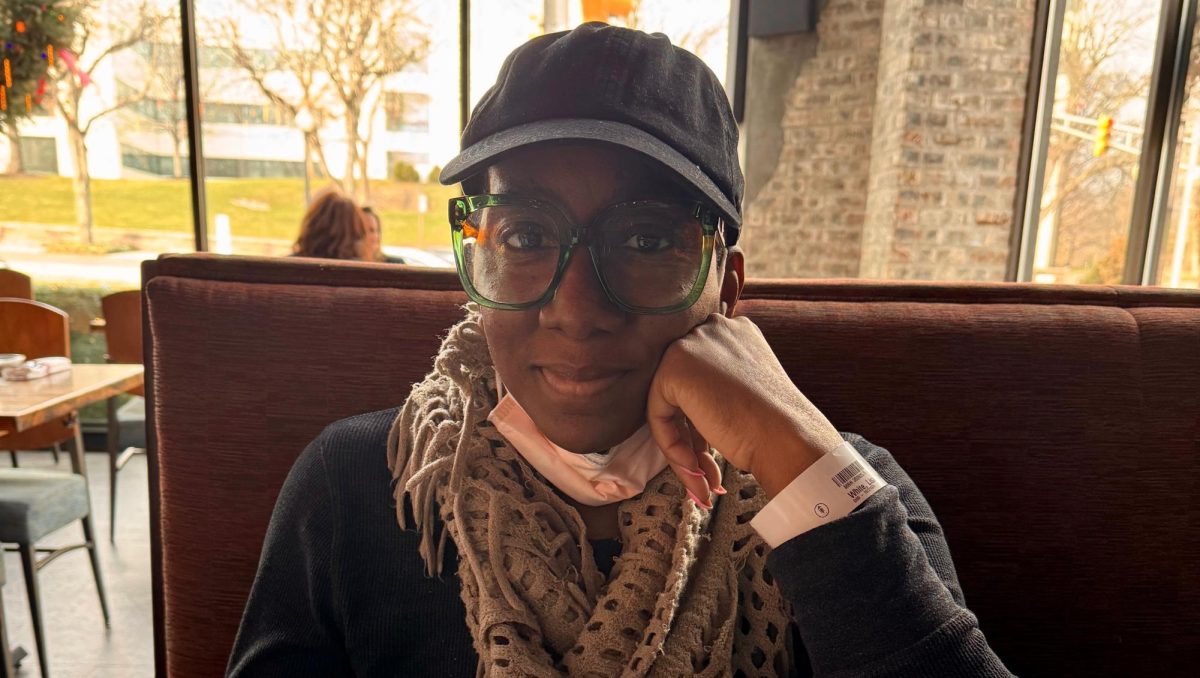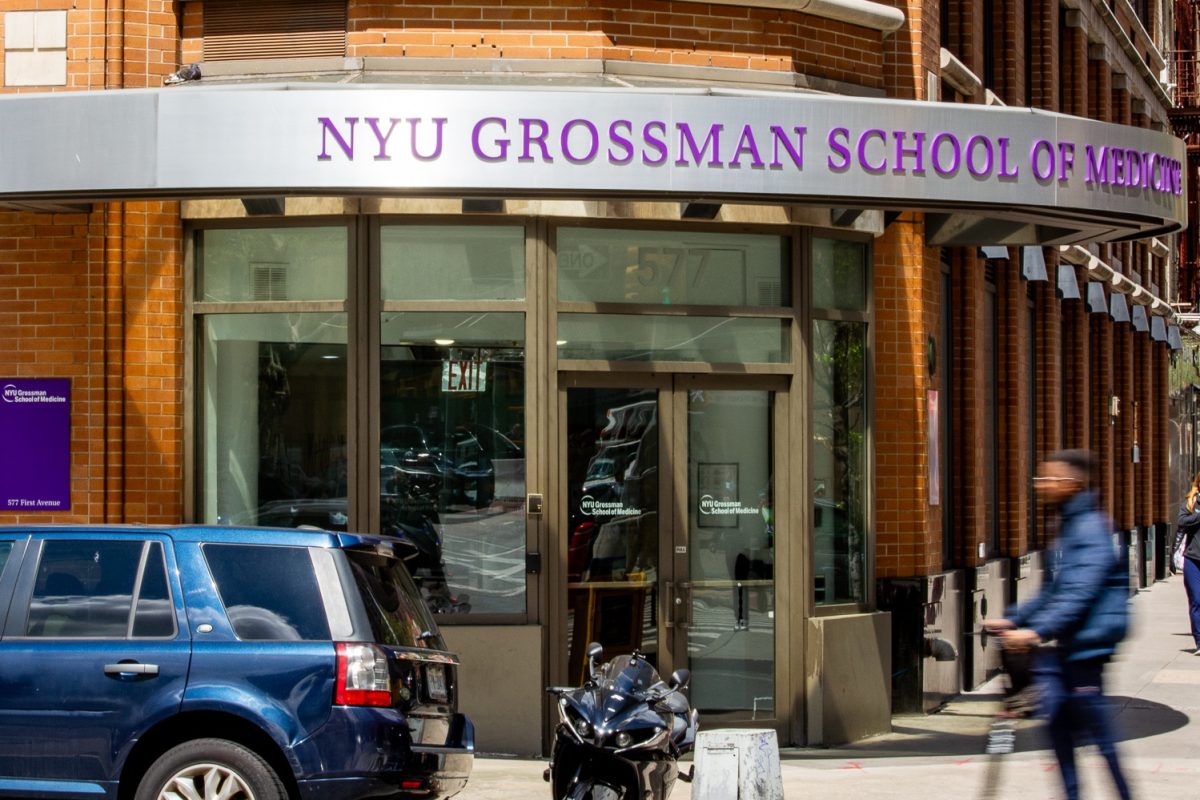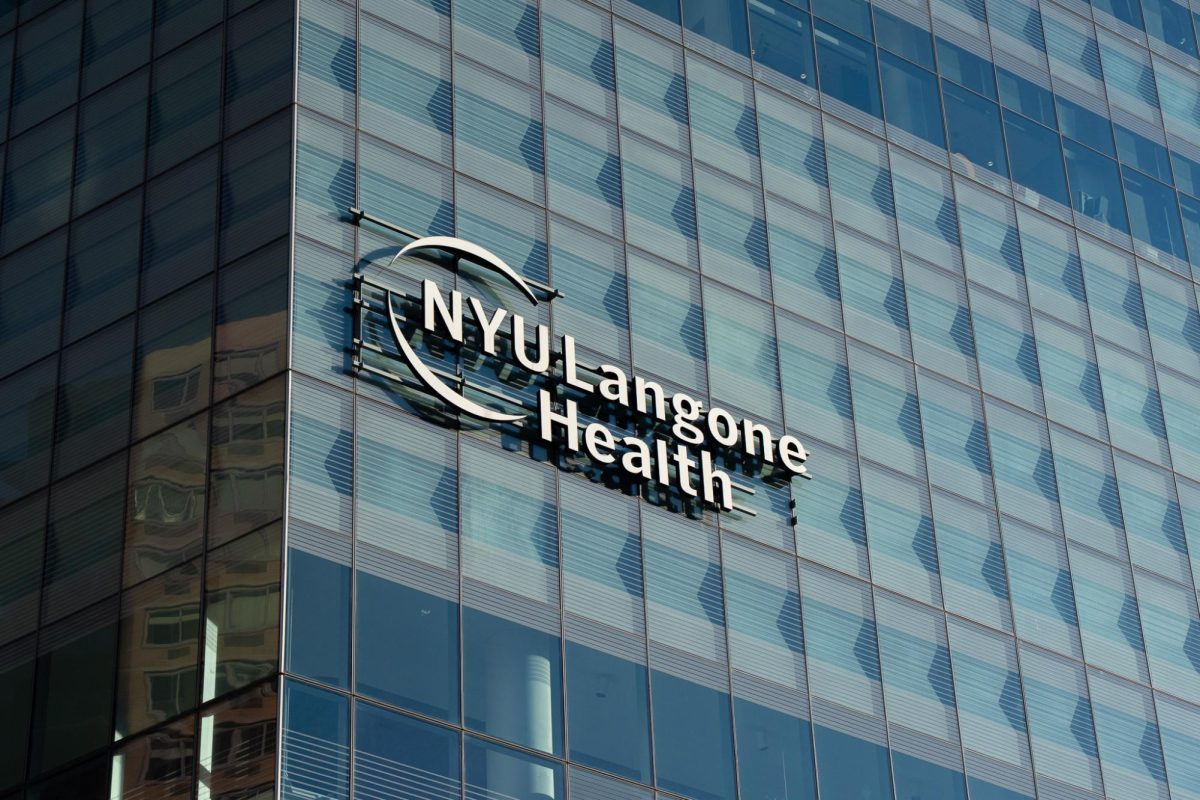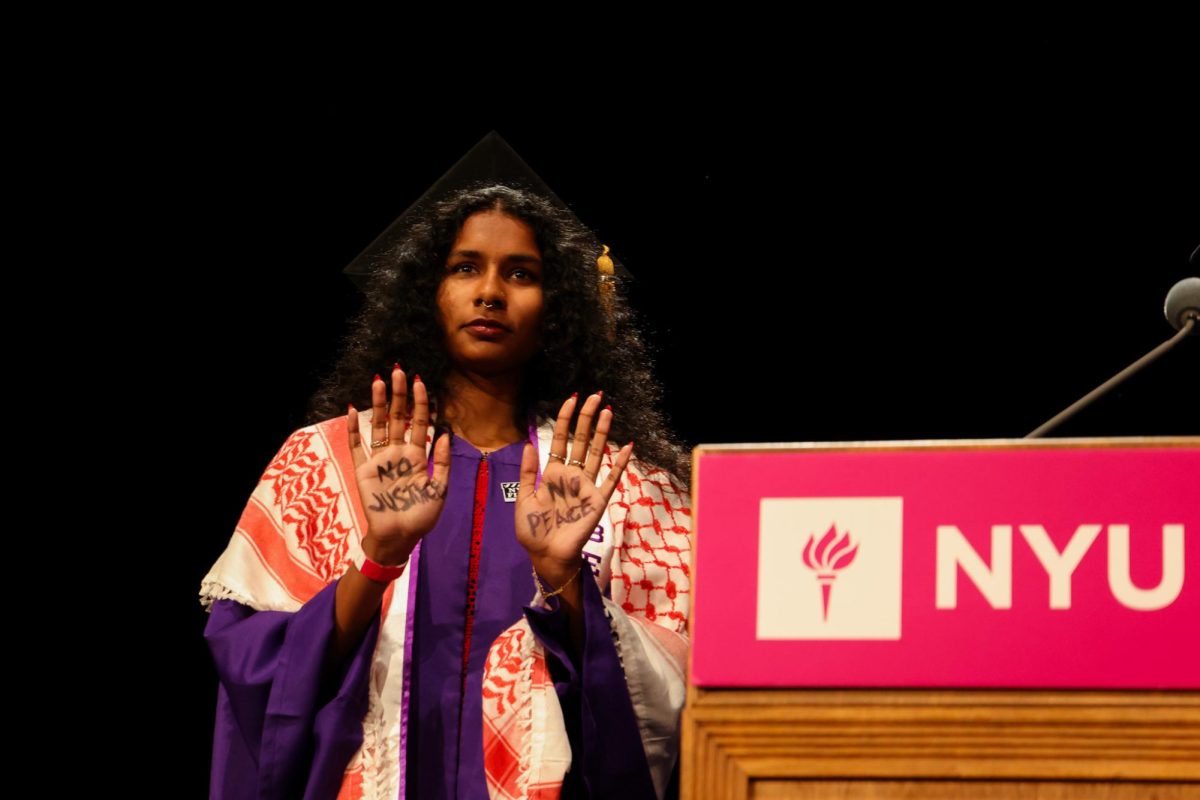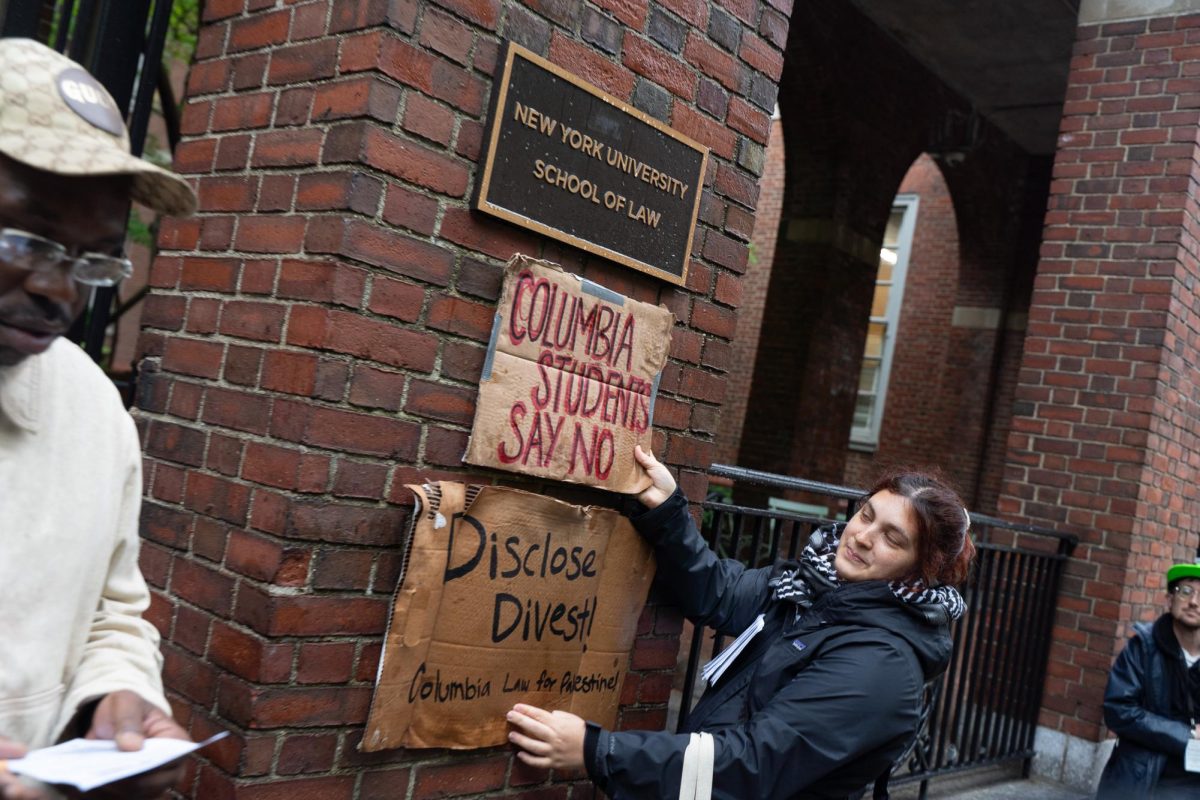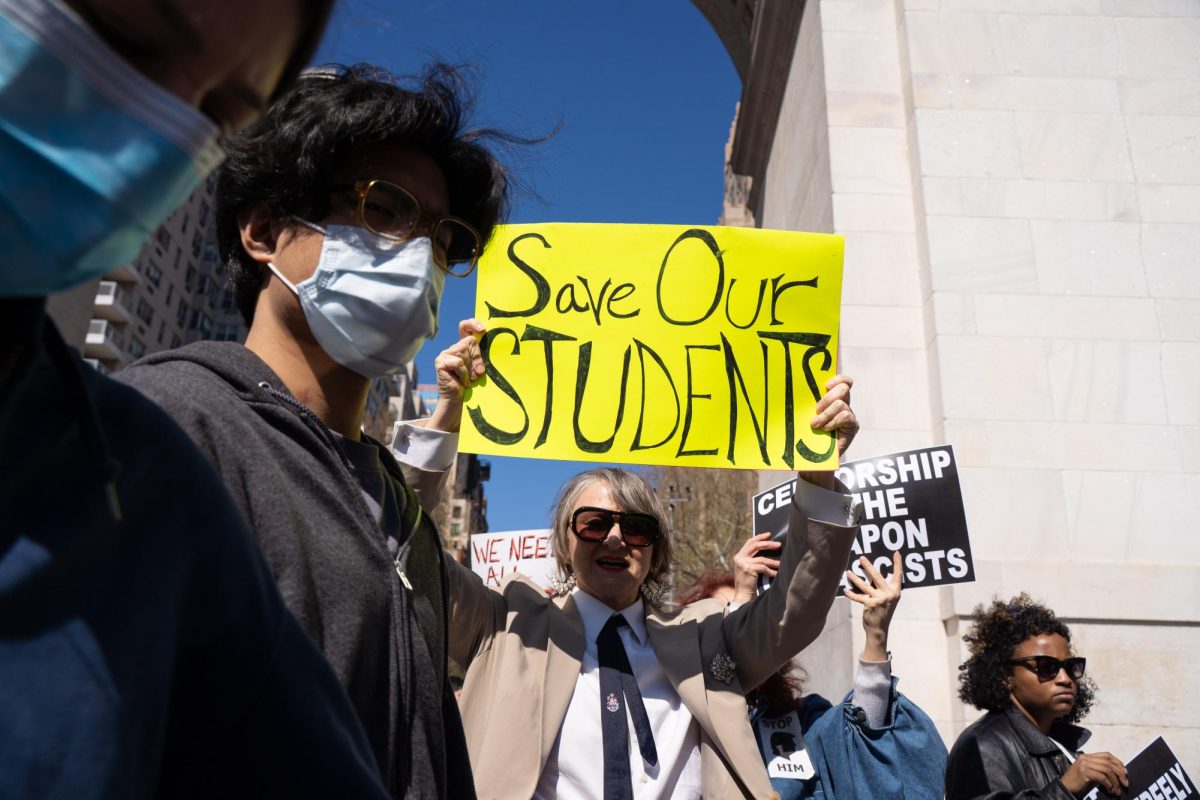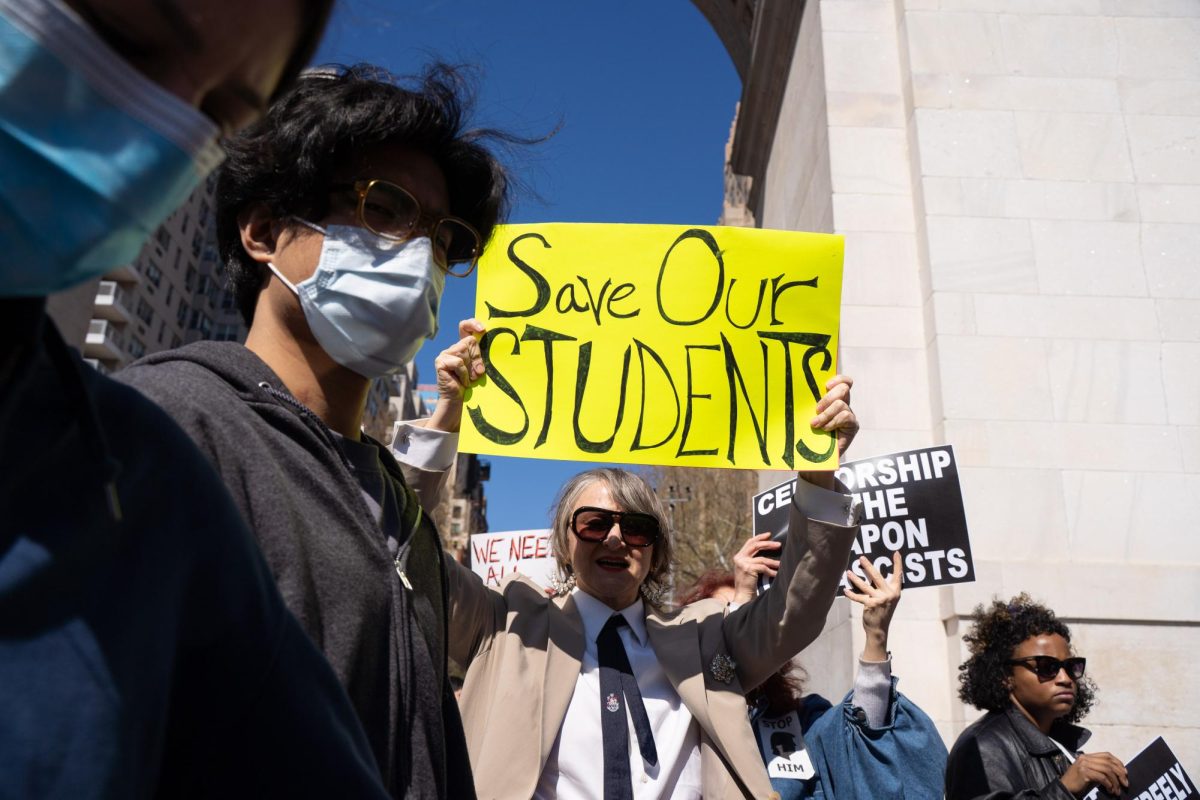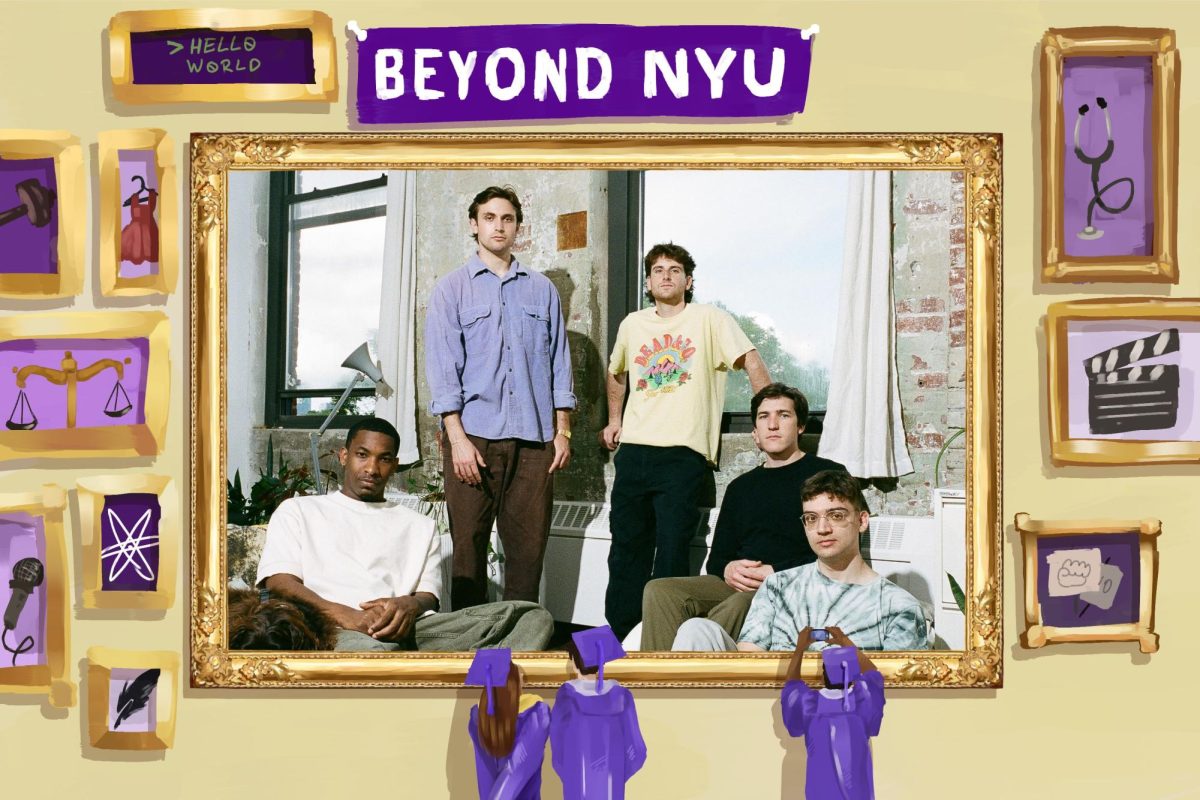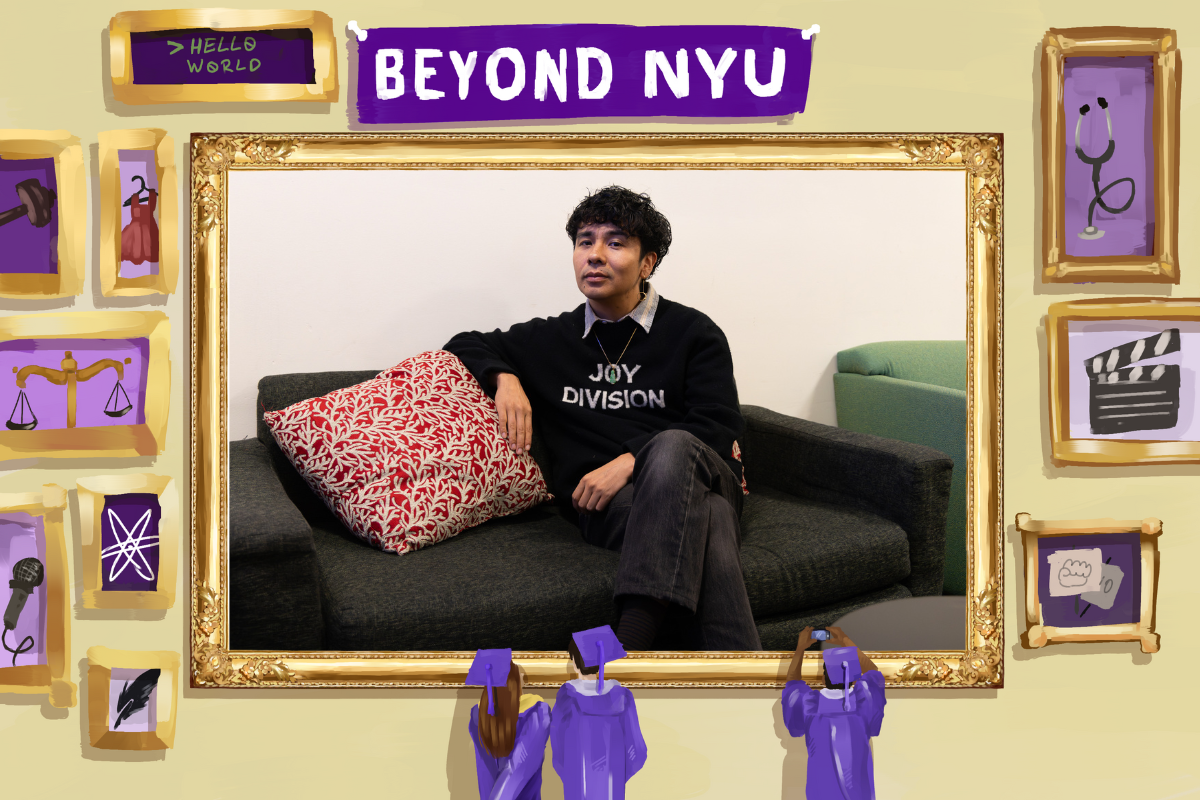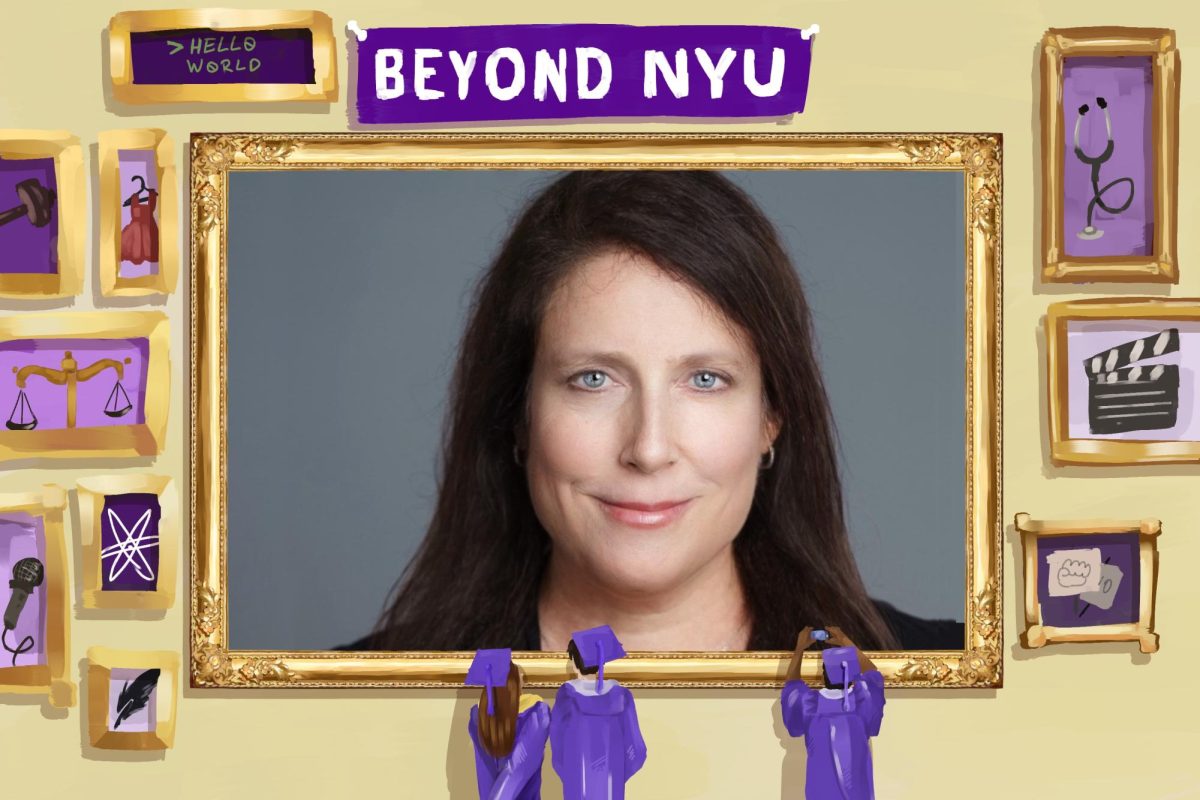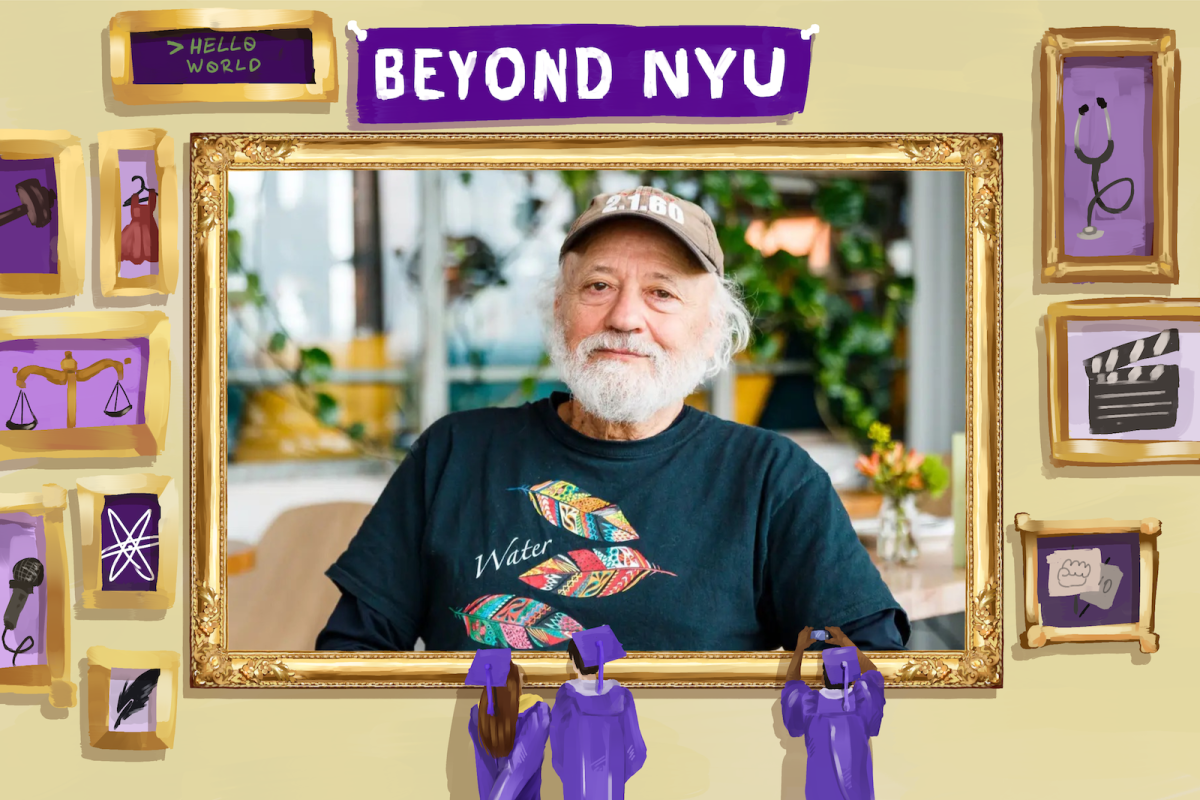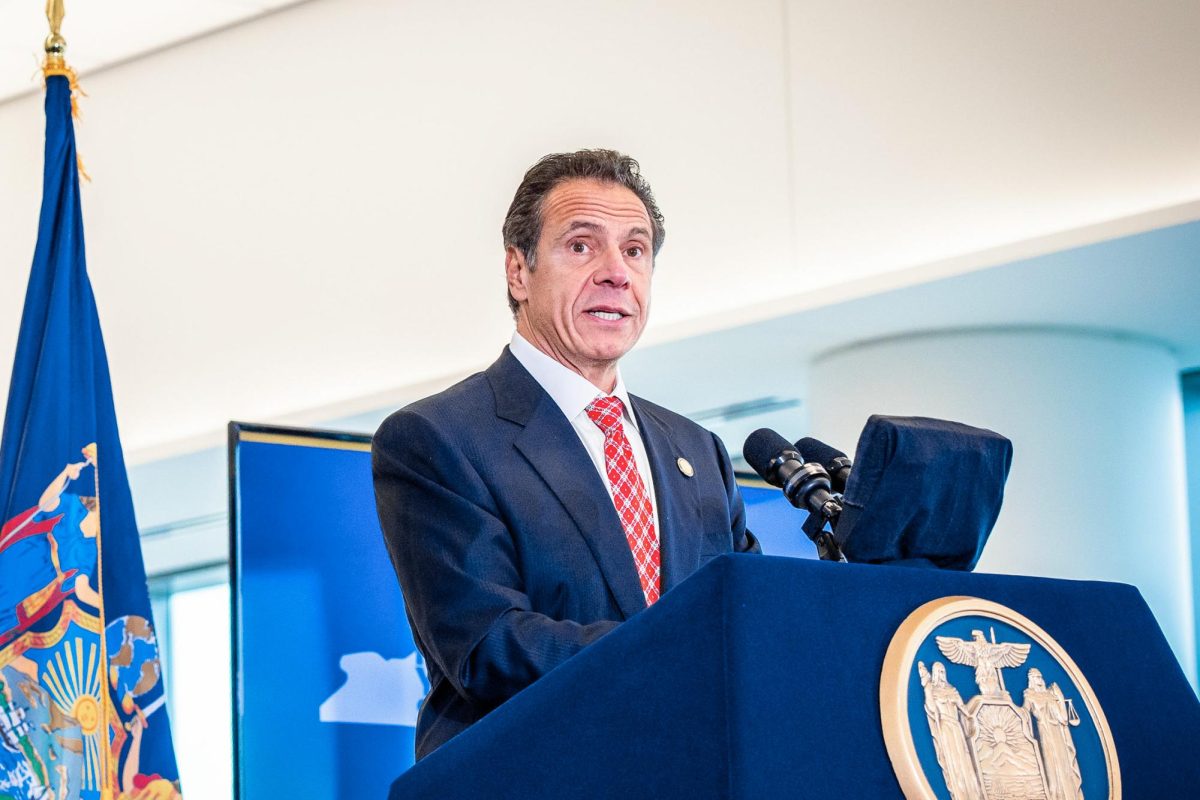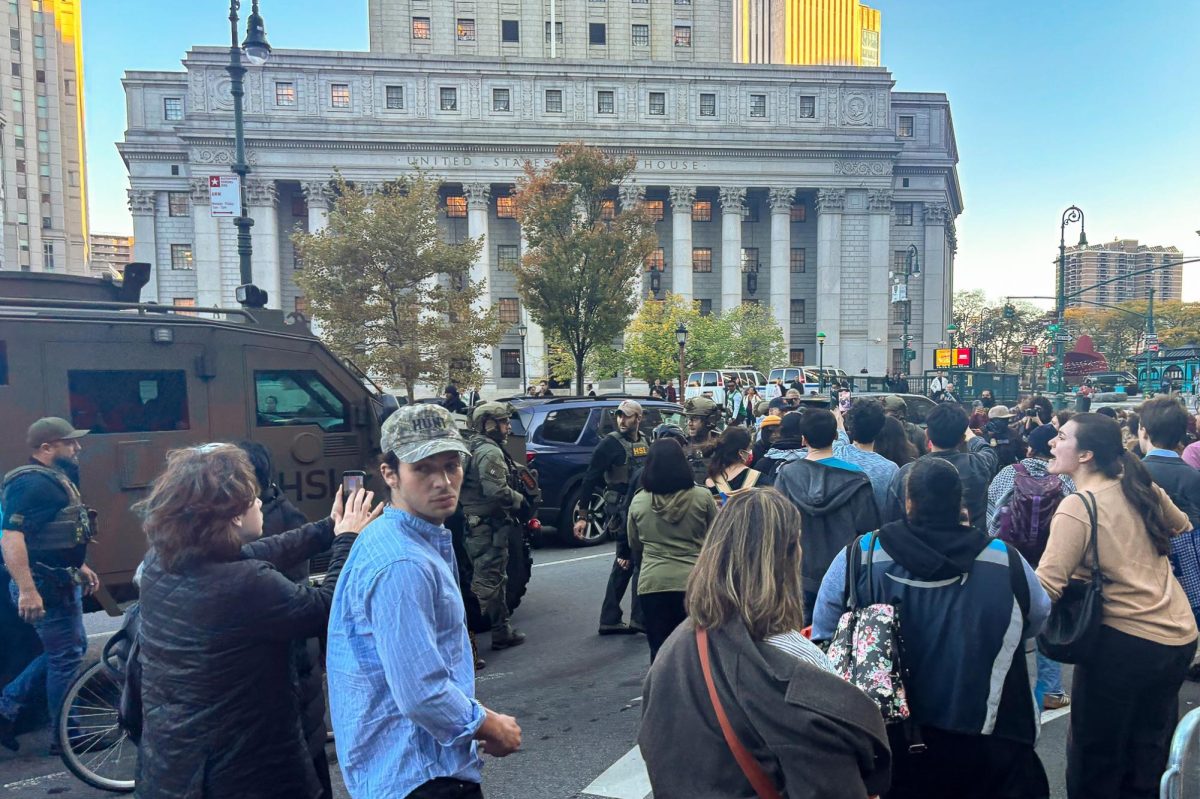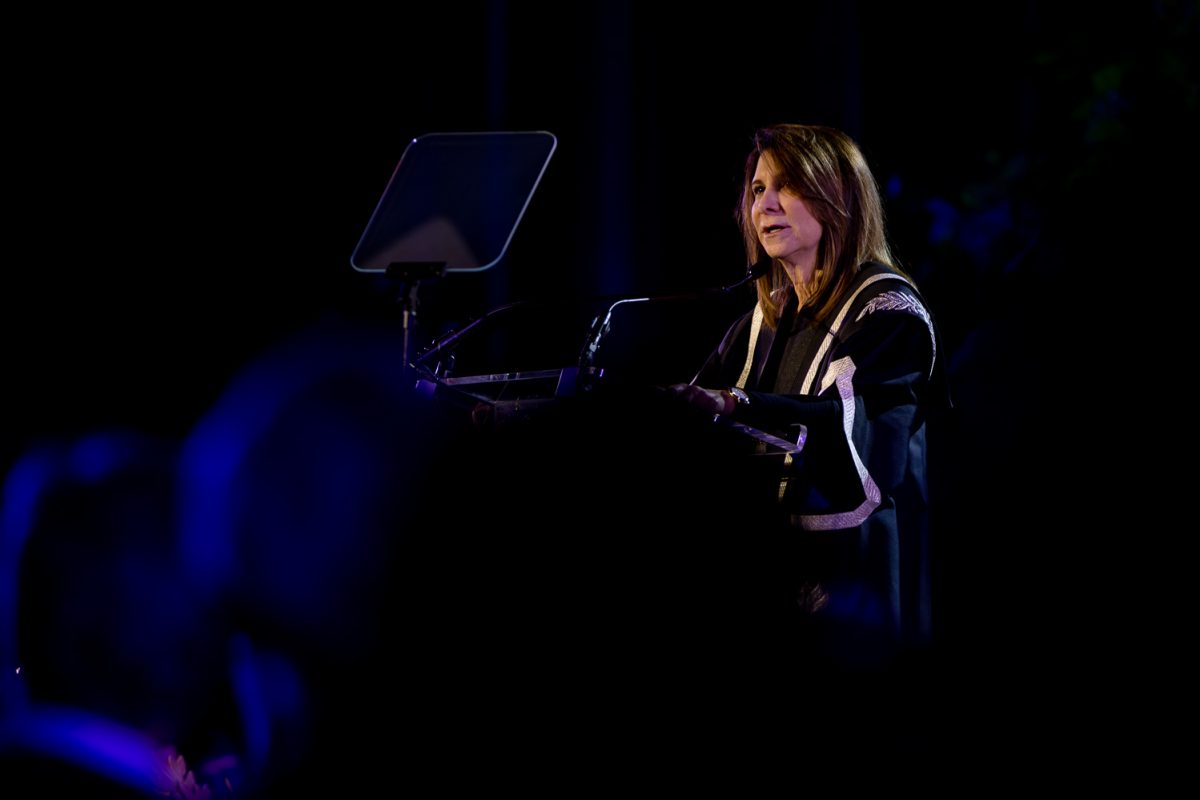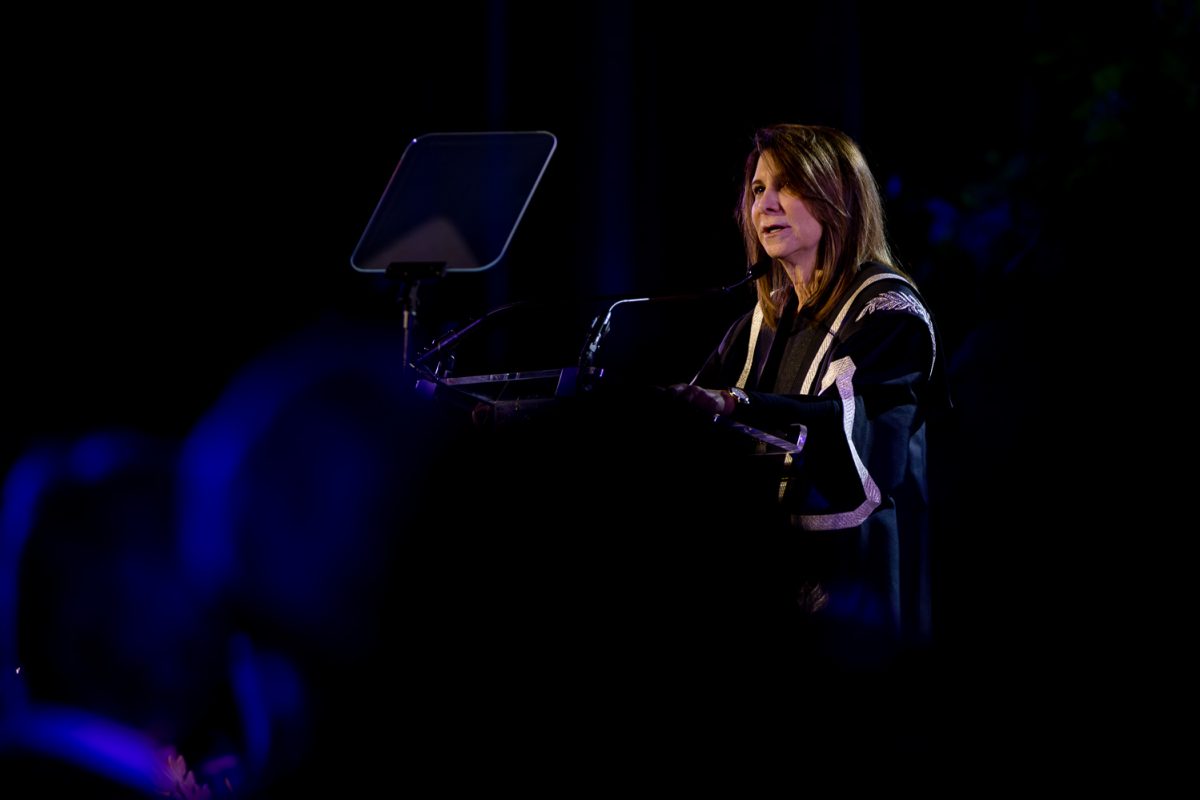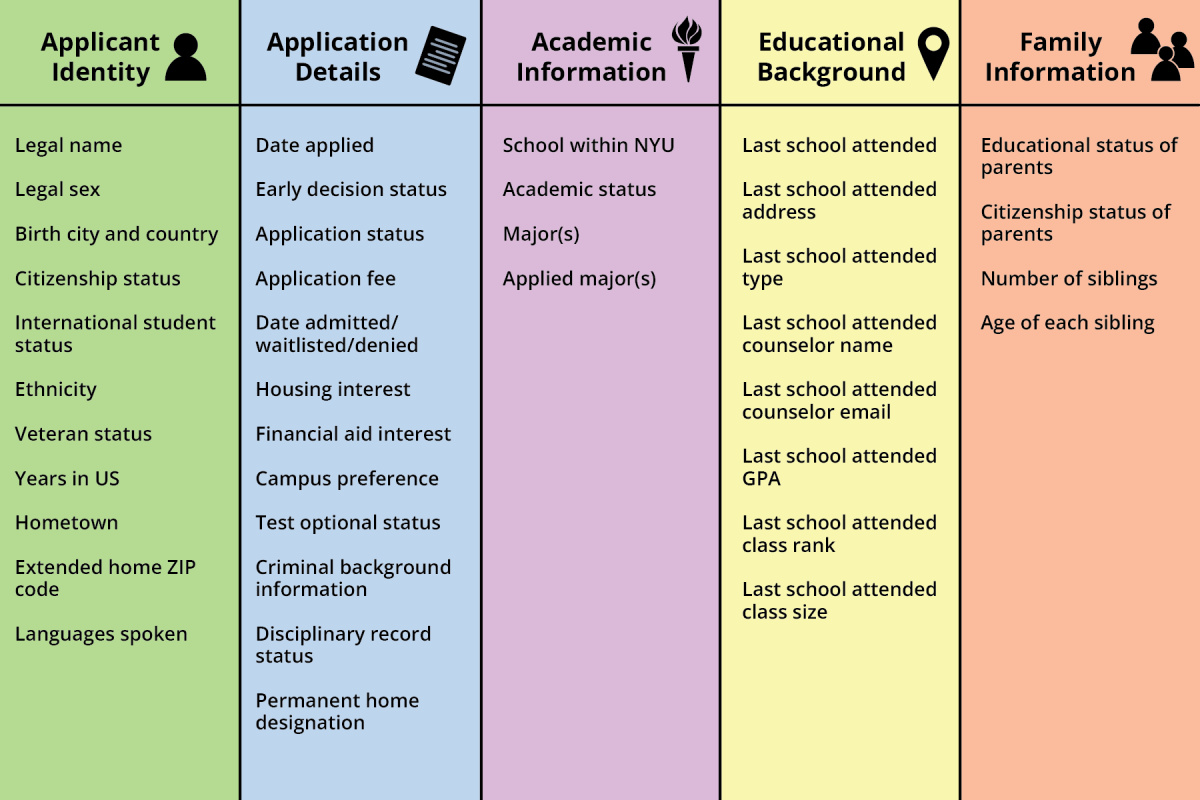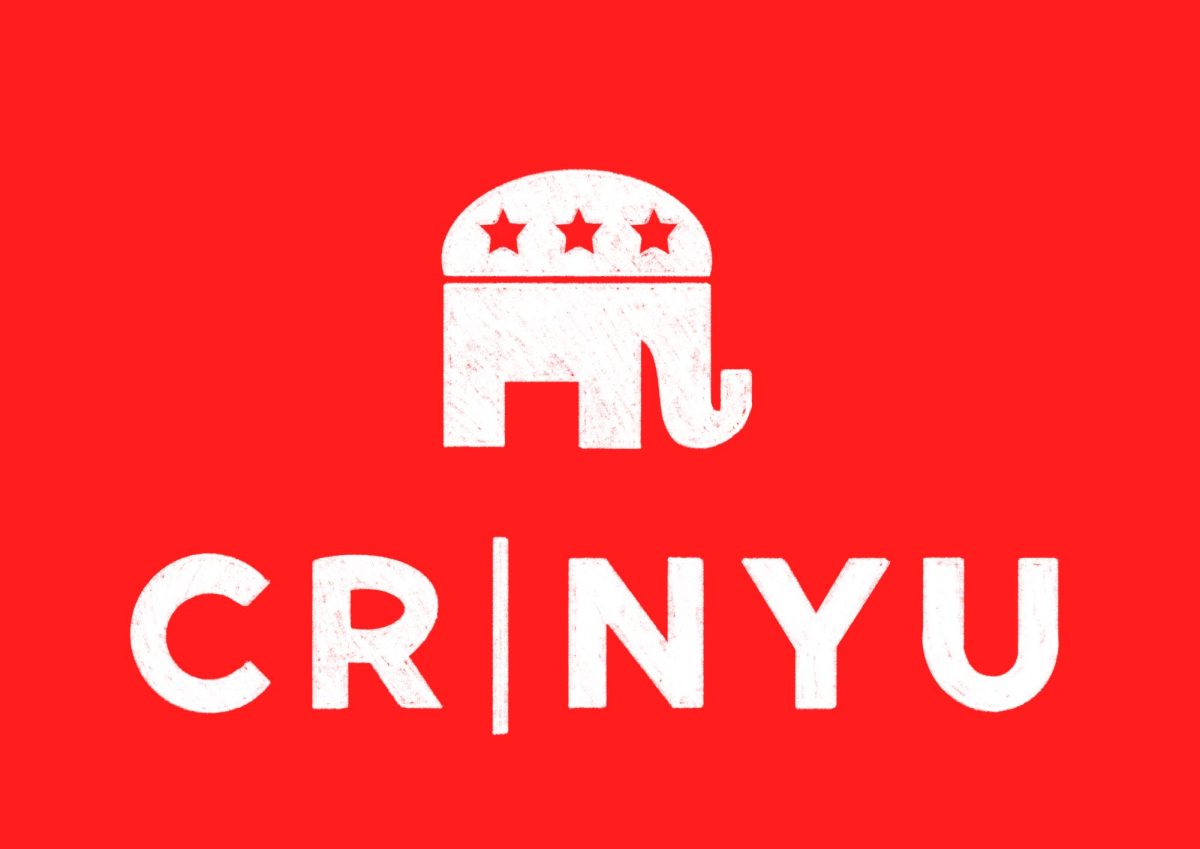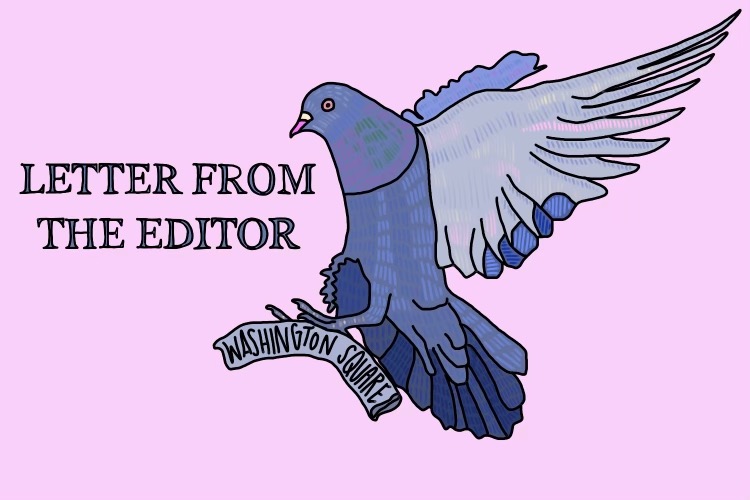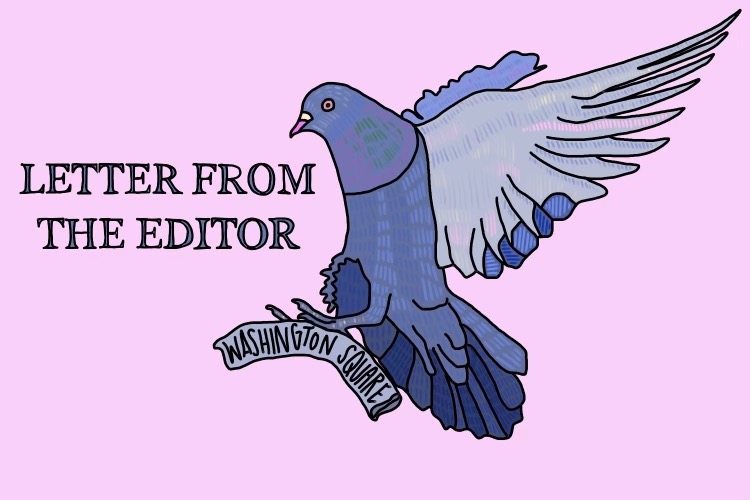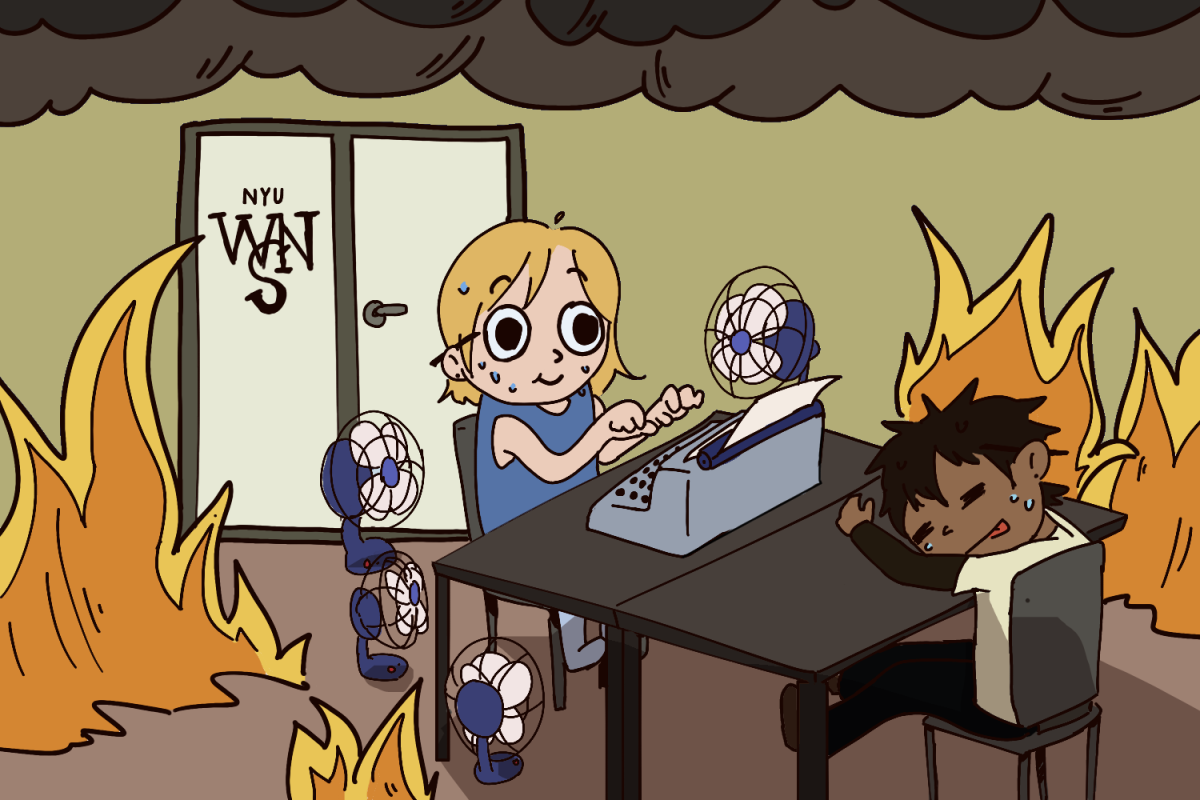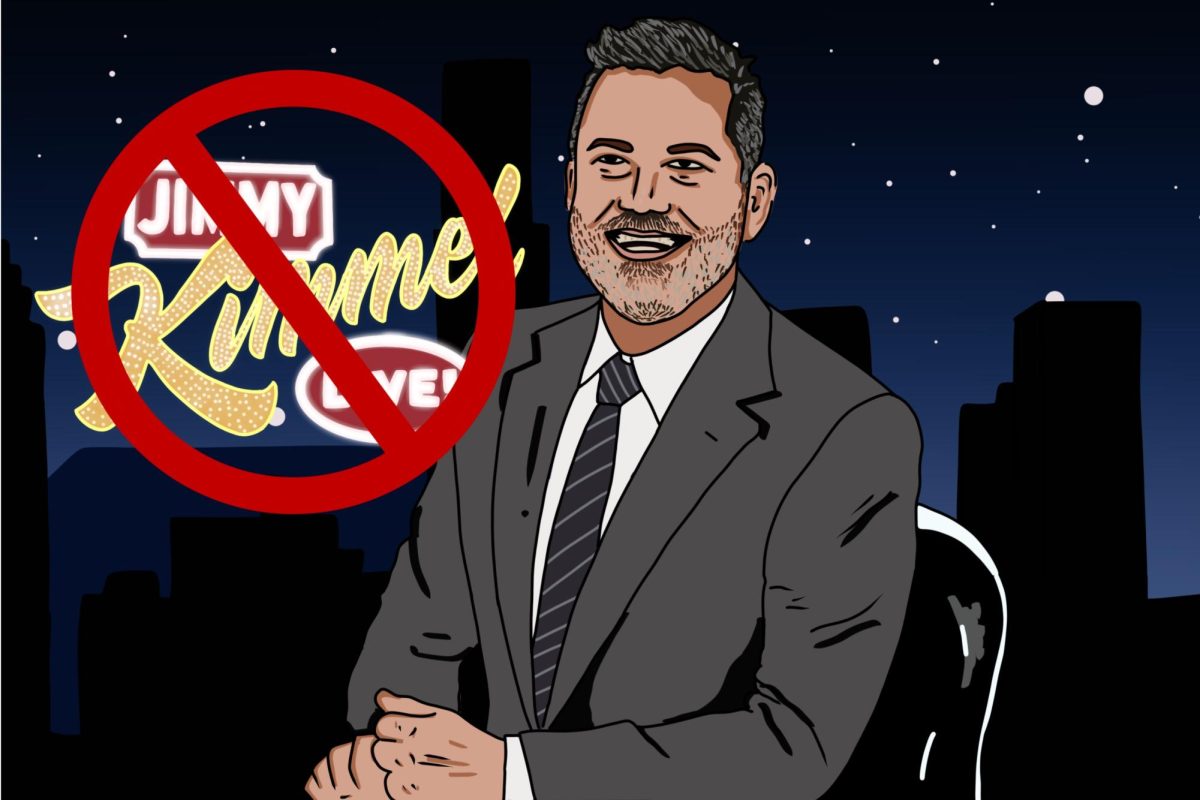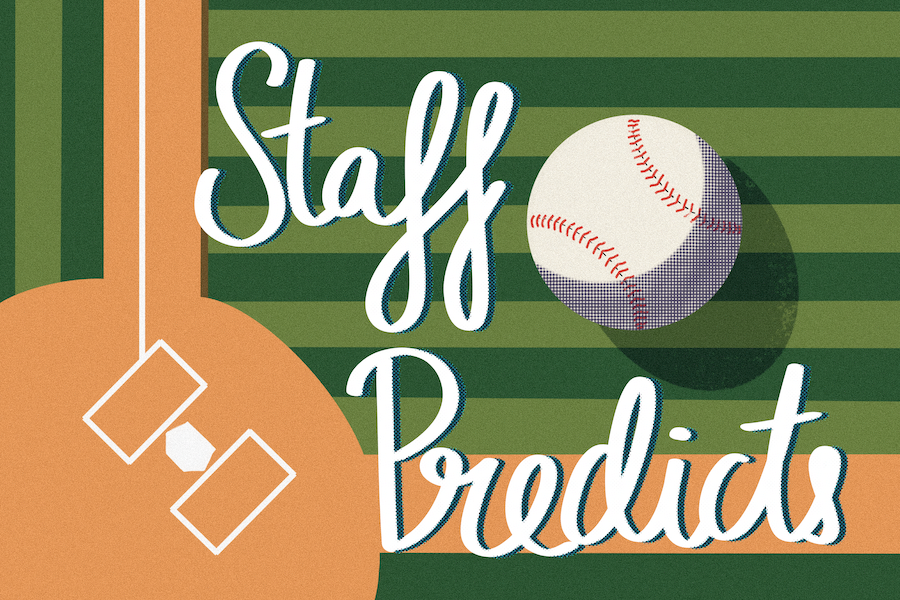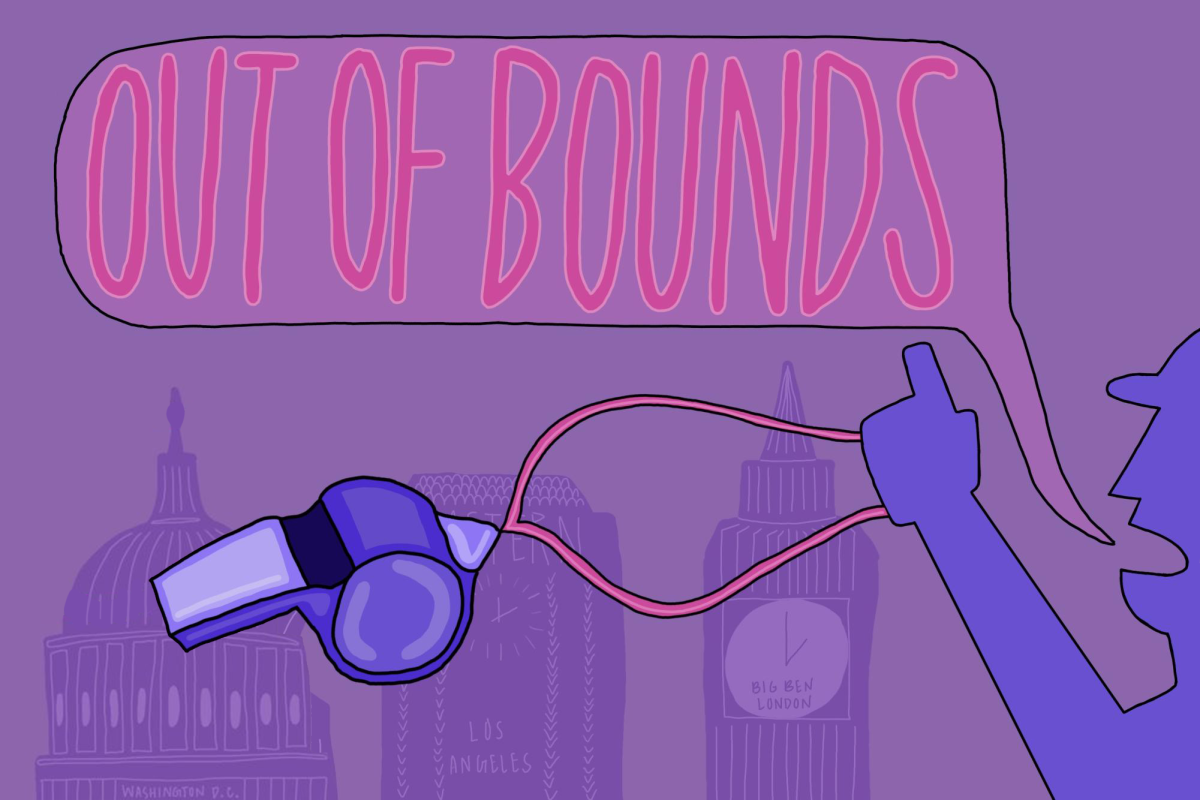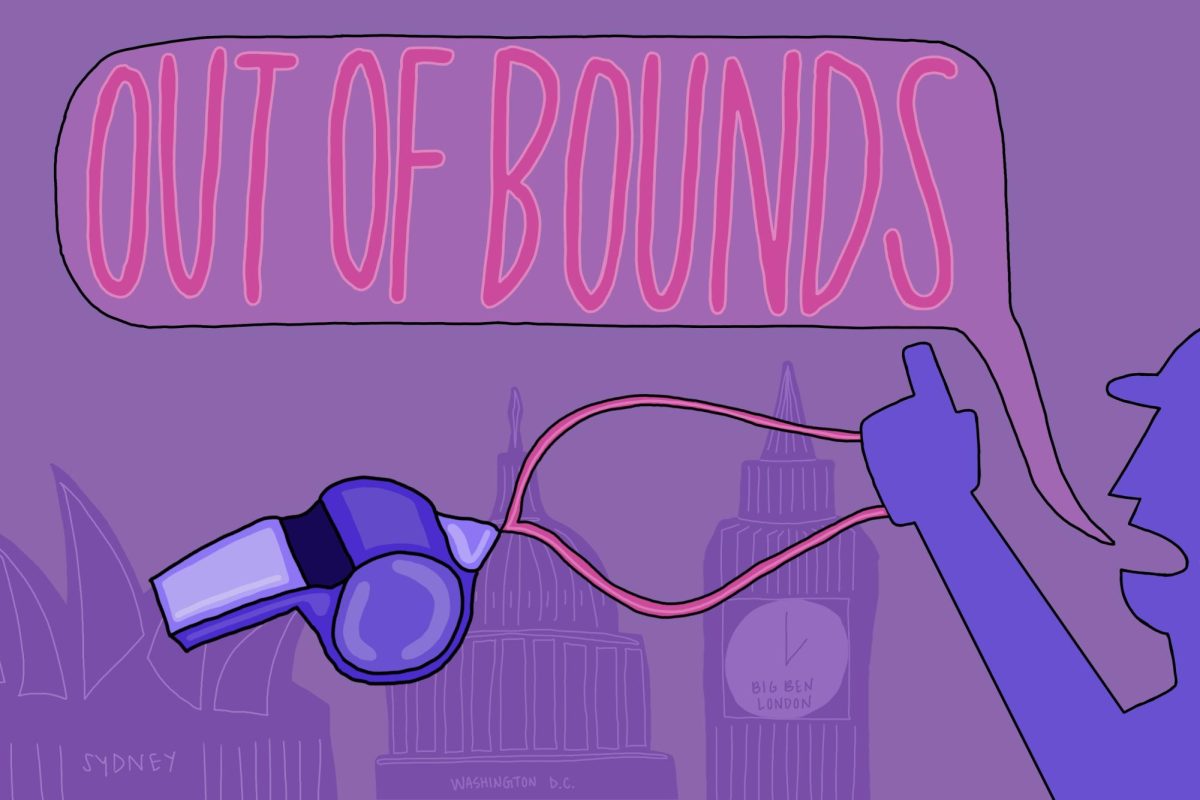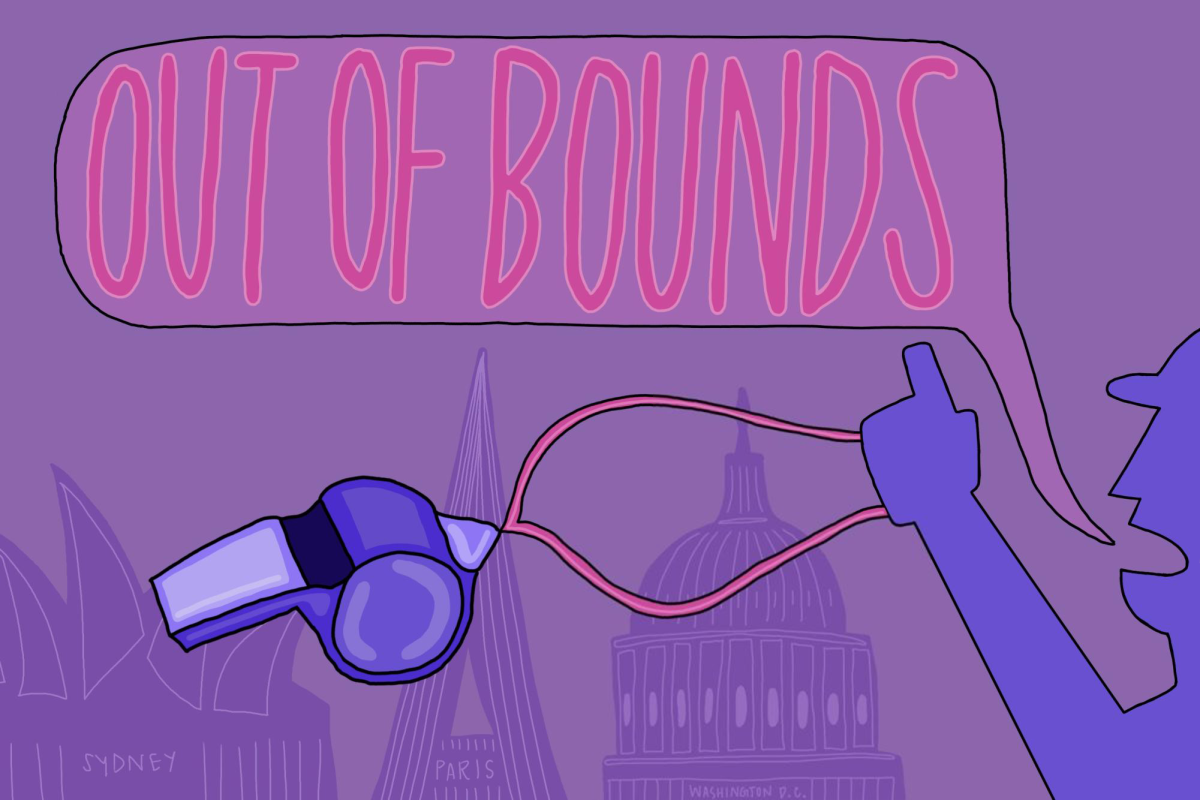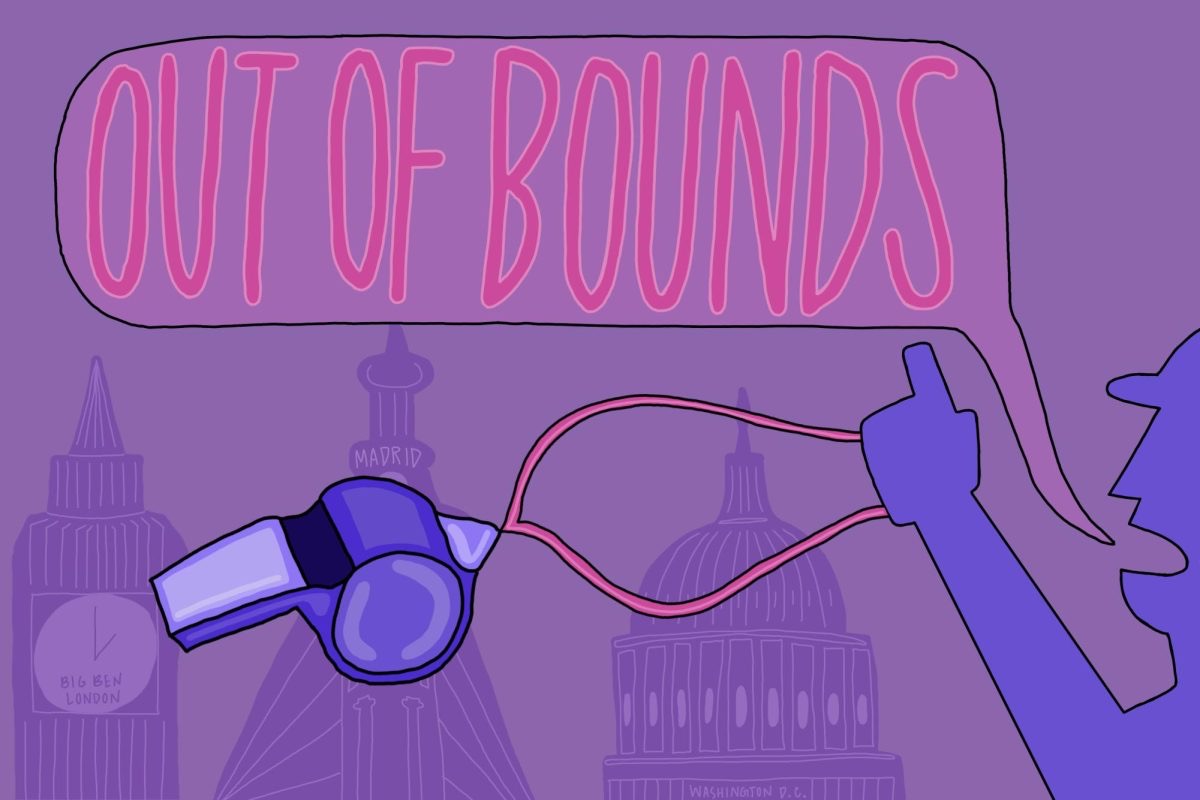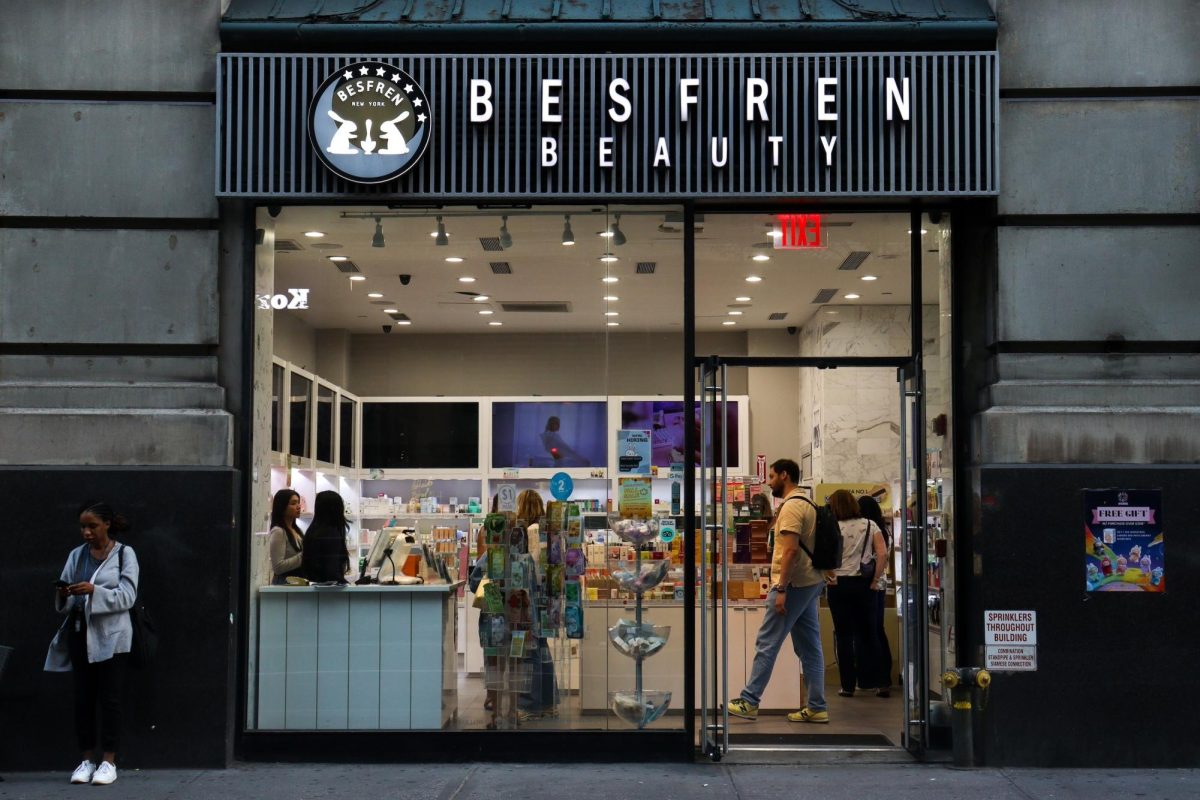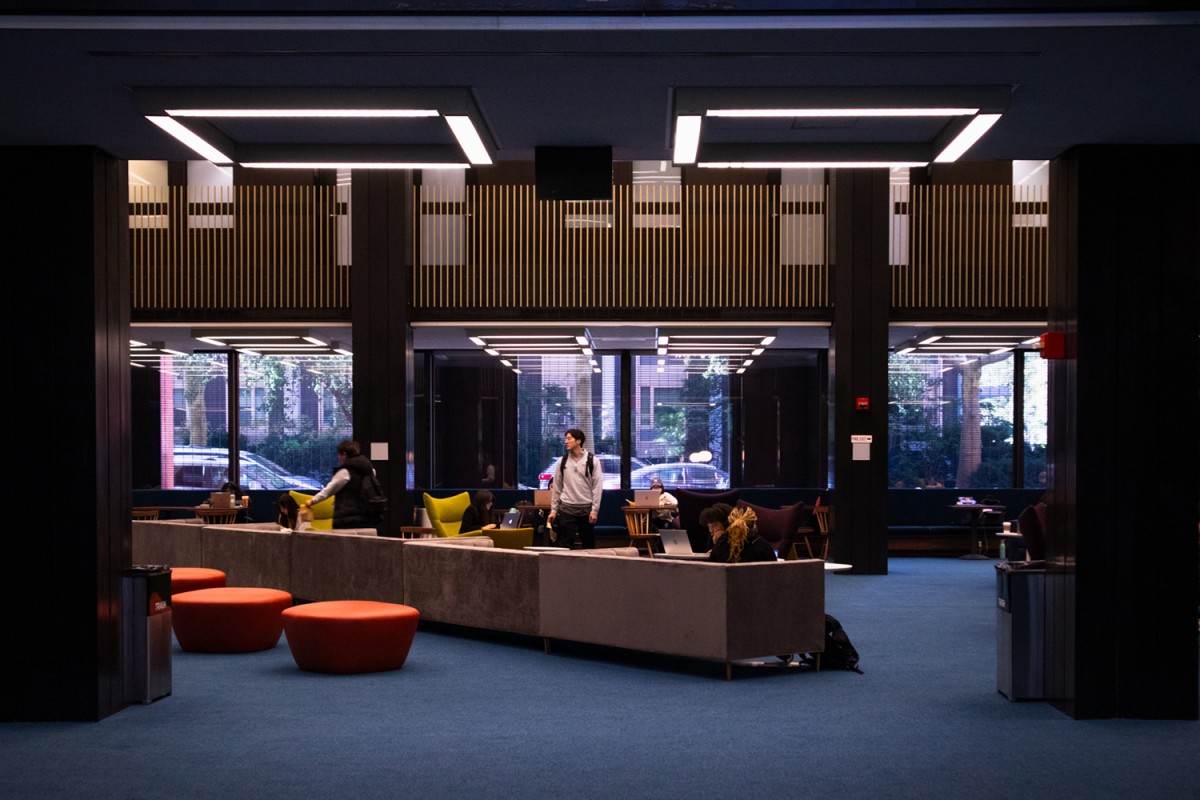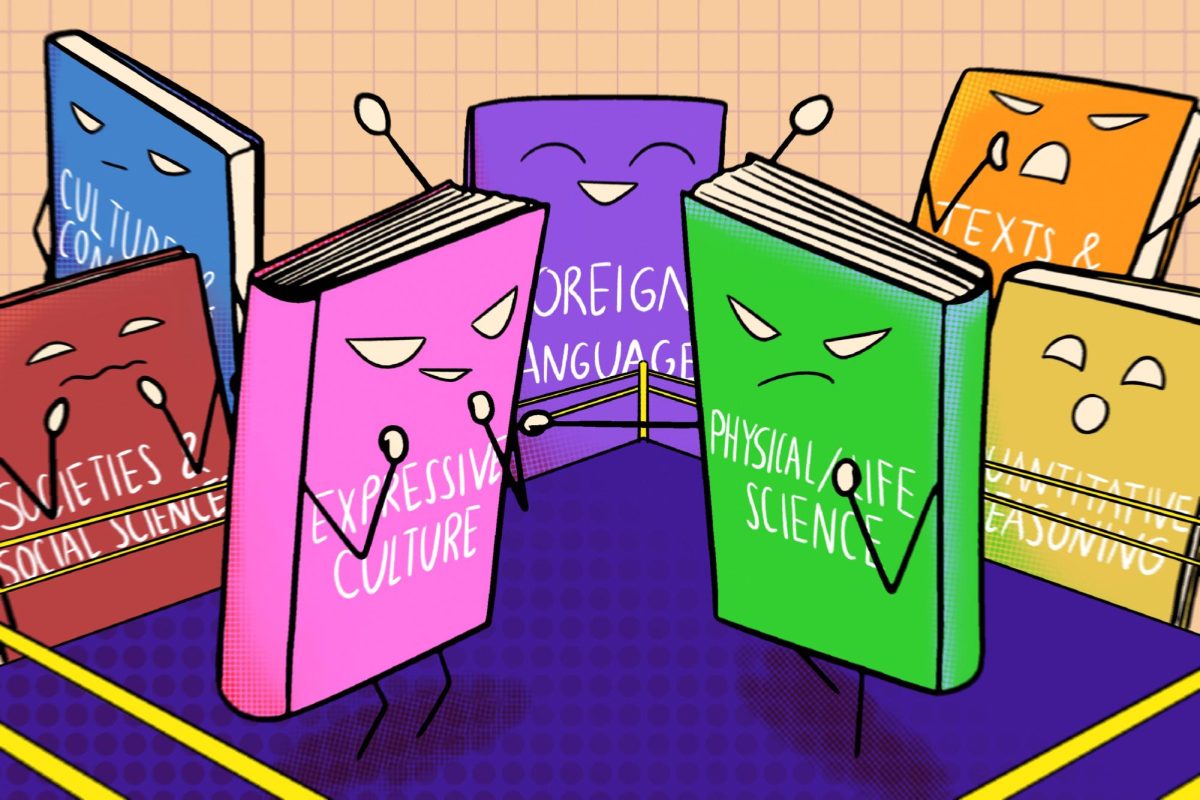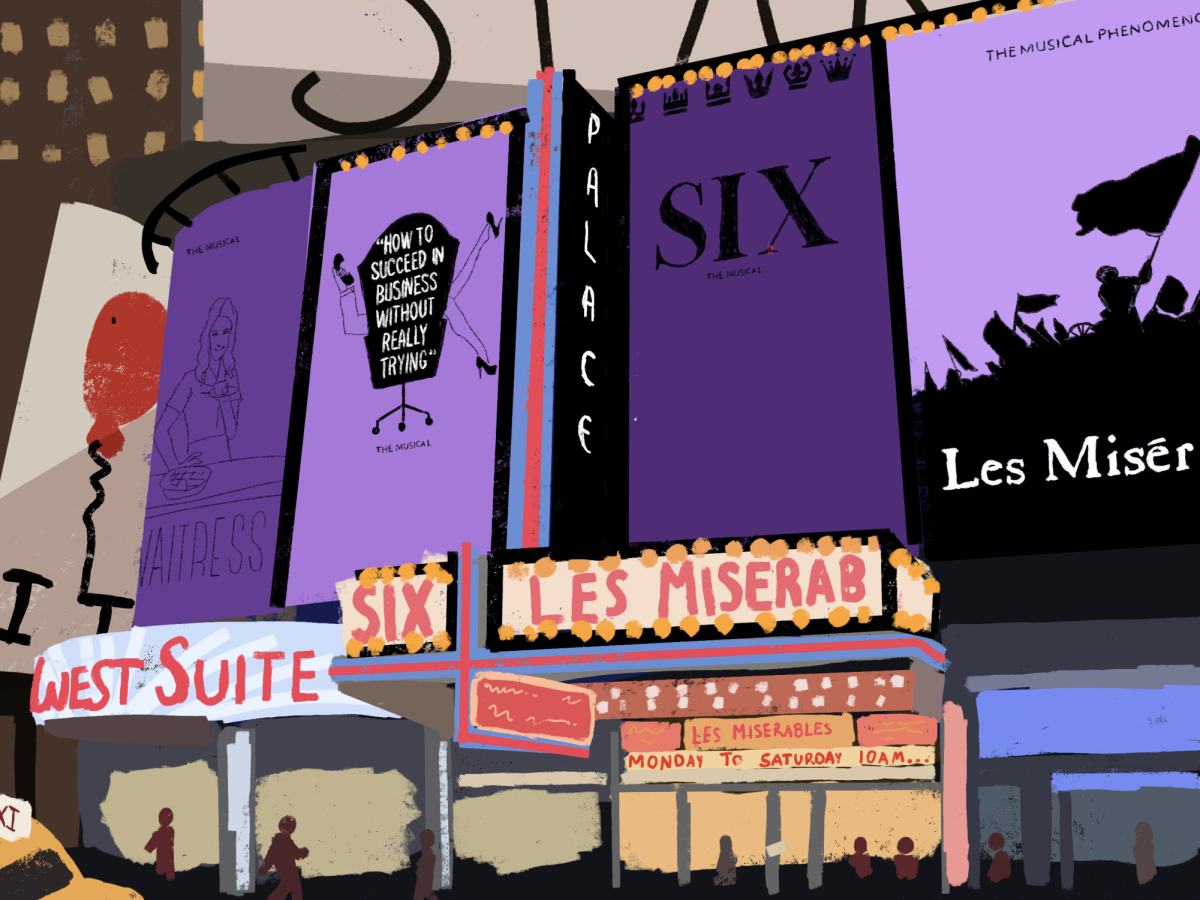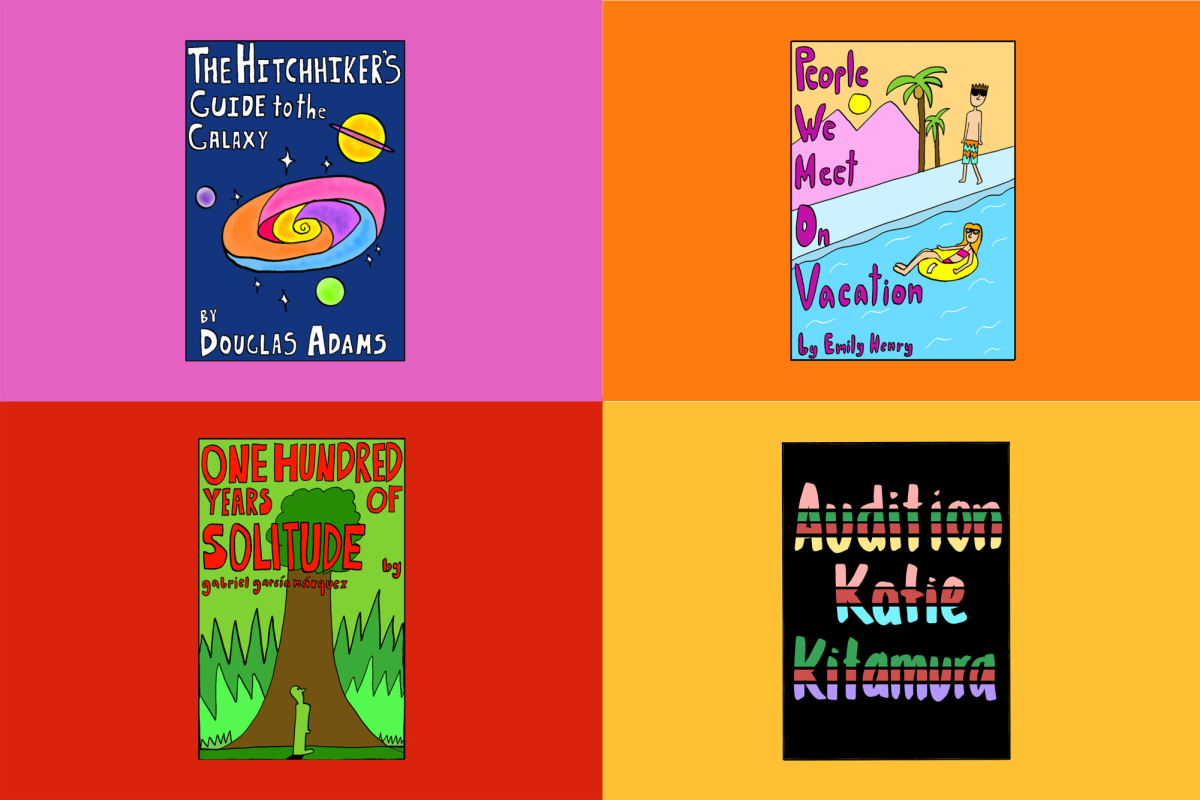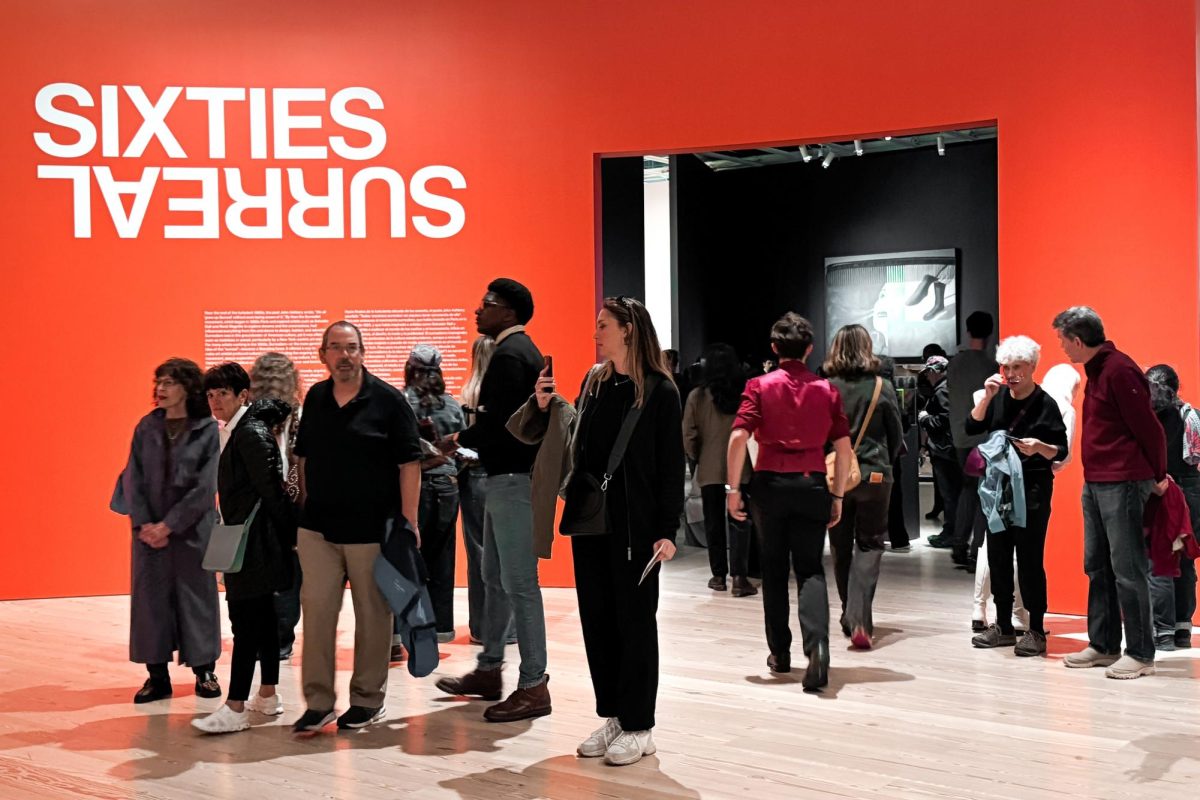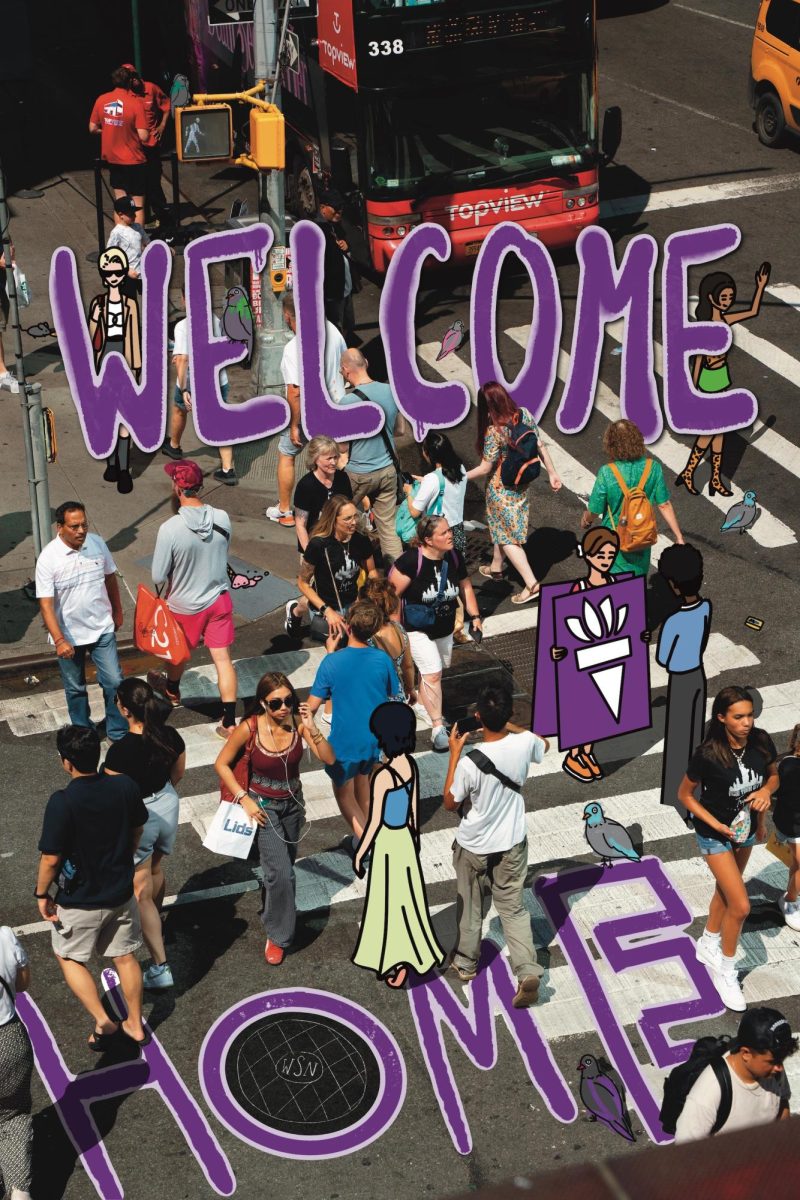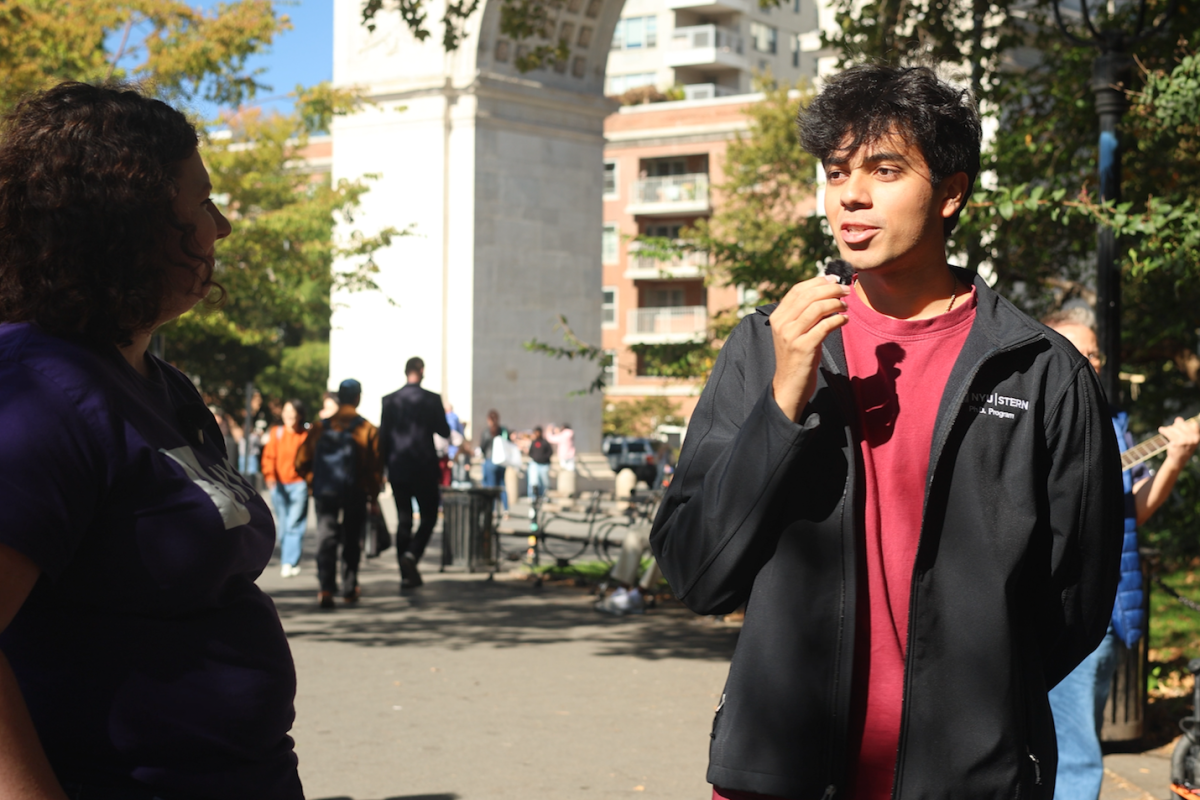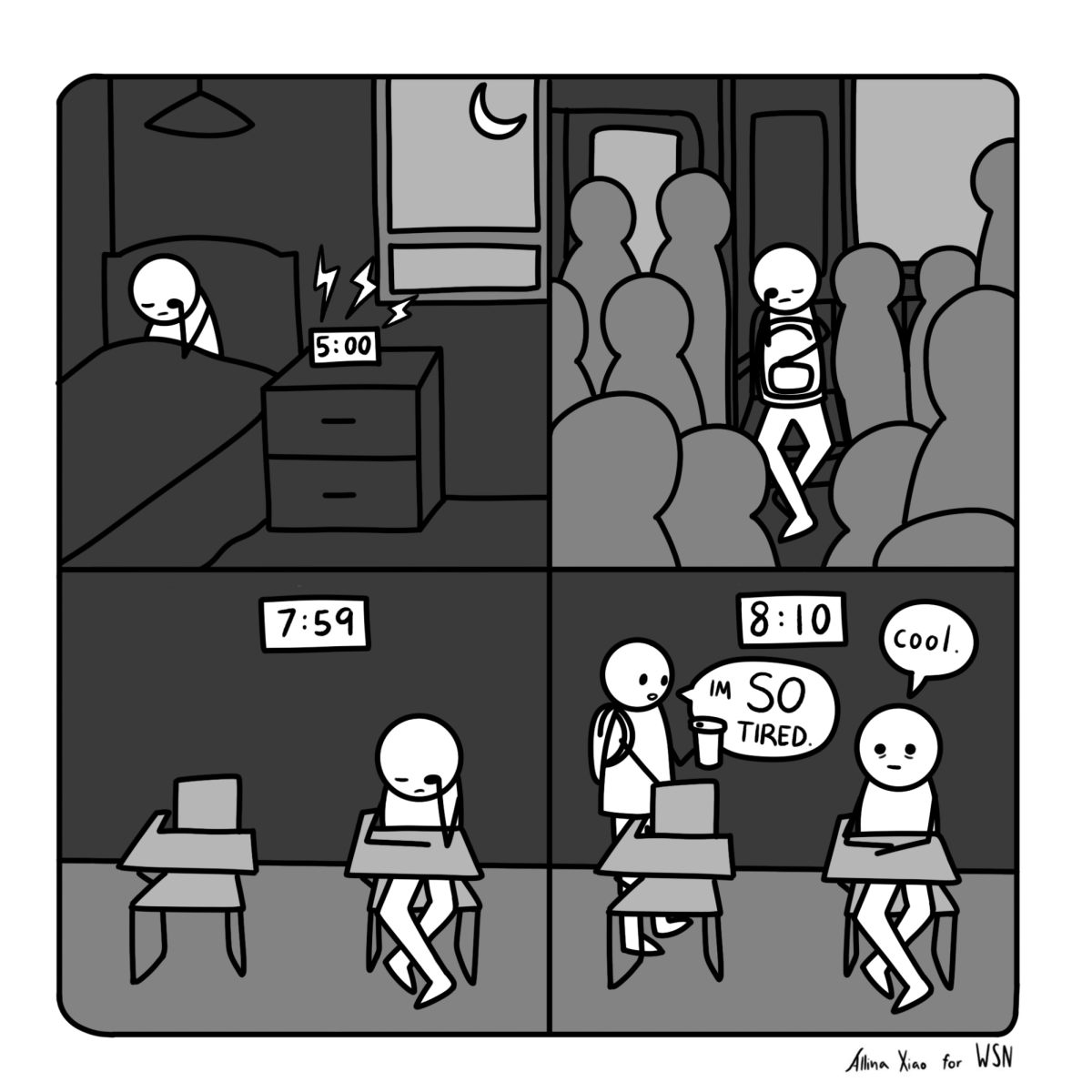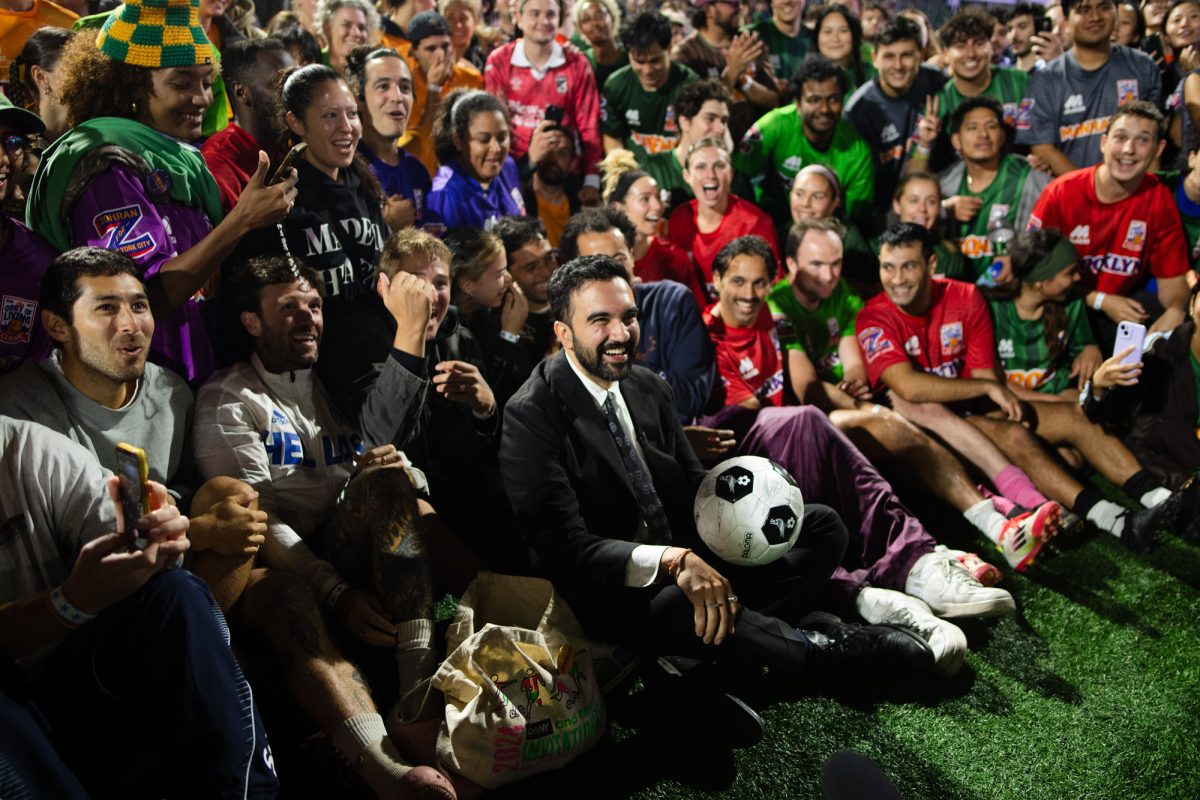In a time when social media is simultaneously a source of information, entertainment and opinion, the dissemination of misinformation is something we must be wary of. Social media platforms like Instagram, YouTube and X are algorithmically developed to retain the engagement and attention of users. As a result, the accuracy of information is often given up at the expense of revenue. In the business model of social media platforms, value is equivalent to engagement, as an increase in engagement generates more revenue. At its best, inconsequential, inaccurate information is spread. At its worst, the rampant spread of false information can be tied to extreme violence, such as Facebook’s algorithm being held accountable by human rights organizations for fueling narratives that exacerbated ethnic cleansing in Myanmar. As users who spend hours scrolling on social media, it is important to train ourselves to critically evaluate what we come across online rather than consuming content passively.
At the crux of the problem is confirmation bias — if we read something that supports our own preconceptions, we’re inclined to believe it. YouTube recommendations and TikTok For You pages feed users content based on their past engagement with content — views, saves, shares and likes — and pushed similar content based on those preferences and viewpoints. This creates a filter bubble in which alternate viewpoints are limited and confirmation bias is amplified.
Our acquisition of information and news has quickly become reliant on influencers. The creators, who often appear charismatic, do not usually hold the same level of credibility as journalists. For example, think about the waves of health misinformation that circulated on TikTok during the onset of the COVID-19 pandemic: Videos showcasing how to make hydroxychloroquine from fruit peels and claims that vaccines led to infertility were spread quicker than accurate medical information from doctors, leading to an “infodemic.”
With respect to the various news channel accounts that exist on these apps, it must be noted that most news-oriented videos are designed to provoke strong emotions to sustain engagement rather than ethically inform. The utilization of sensational language, loaded words and cherry-picked factors dominate our social networks. And who is to blame these accounts? The algorithms of social media platforms rely on emotions of anger, shock and affirmation to garner engagement. The dissemination of polarizing information benefits the platform but harms the users.
To combat the uncritical consumption of news via social media, we must become intentional with the ways we engage with the content we see. We might etch to repost a viral video on a “hot take” as the truth, but it’s vital to step back and ask yourself if this is the complete truth. Ask yourself, is the video simply trying to play on my emotions? As for students who are emerging as consumers of social media in high school and university, California State University has created a resource known as the CRAAP test that helps separate credible resources from untrustworthy resources. By creating an acronym to remember the imperative aspects of a good resource — currency, relevance, authority, accuracy and purpose — students can develop discerning skills early on.
Corporations also must address the flaws in their algorithms and the echo chambers they create and prioritize diversifying and fact-checking the content they feed users. Recently, many platforms such as Facebook and Instagram have abandoned their duty to monitor content by eliminating fact-checking on their platforms while simultaneously initiating a program that gives bonuses to creators who reach higher engagement. These measures put profit over ethics and need to be met with government intervention that requires independent fact checking.
We know that no social media source is completely unbiased and neutral. It is not social media that is inherently harmful, but how we engage with it. If left unchecked, it can distort our perception of reality. In today’s world, critical thinking is the most powerful tool that we are endowed with, and we must continue to grow this aspect of our thinking to be able to examine what we read. If we want to foster an environment of informed decision-making and discourse, media literacy must be our primary aim.
WSN’s Opinion section strives to publish ideas worth discussing. The views presented in the Opinion section are solely the views of the writer.
Contact Shanay Tolat at [email protected].

